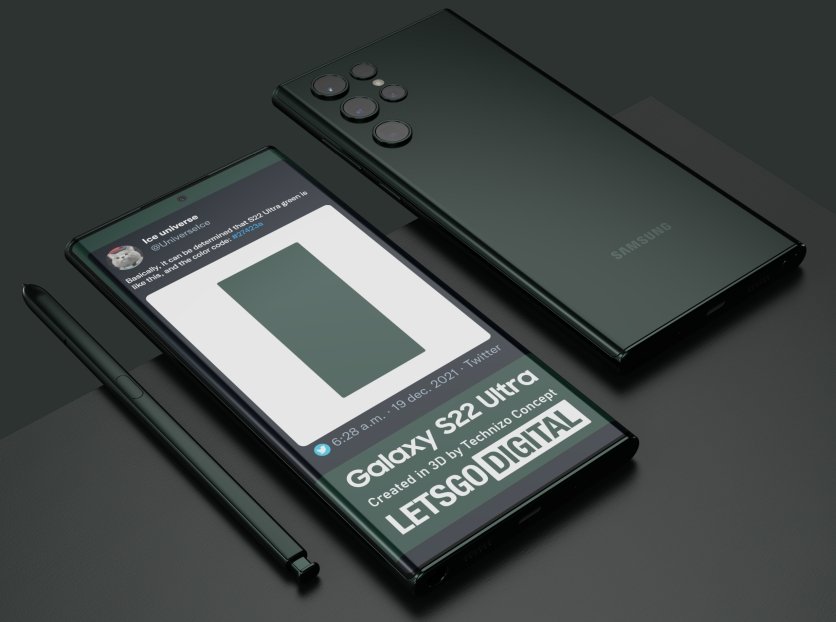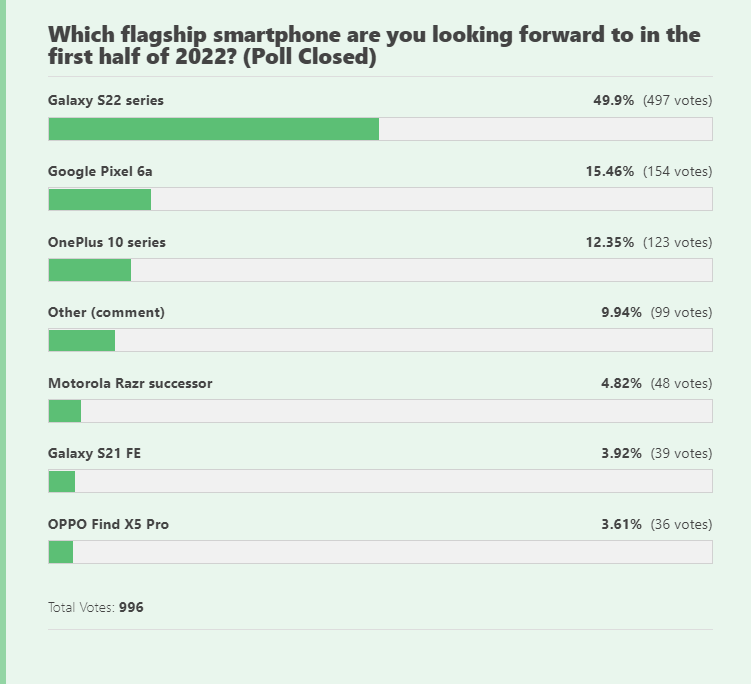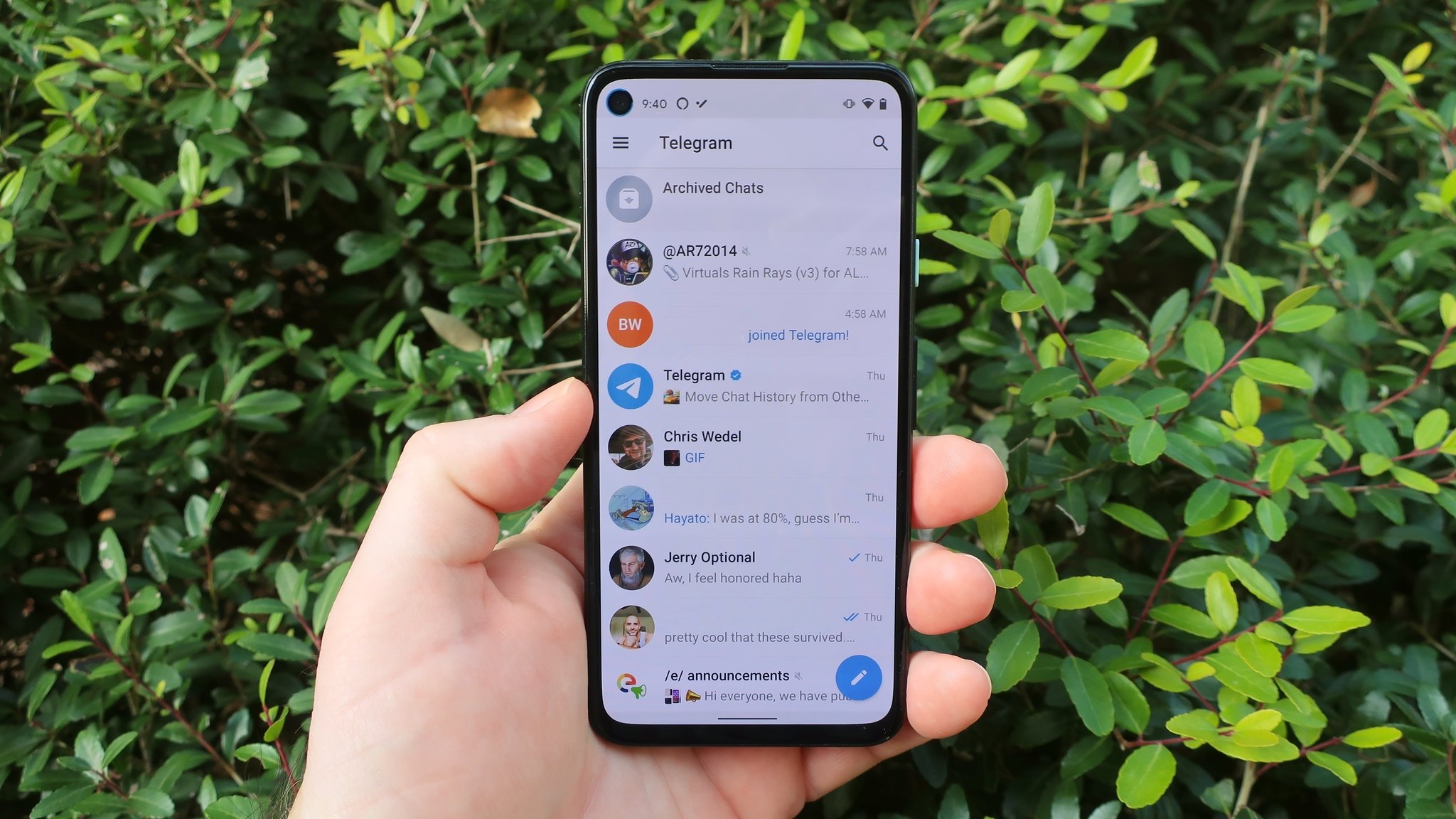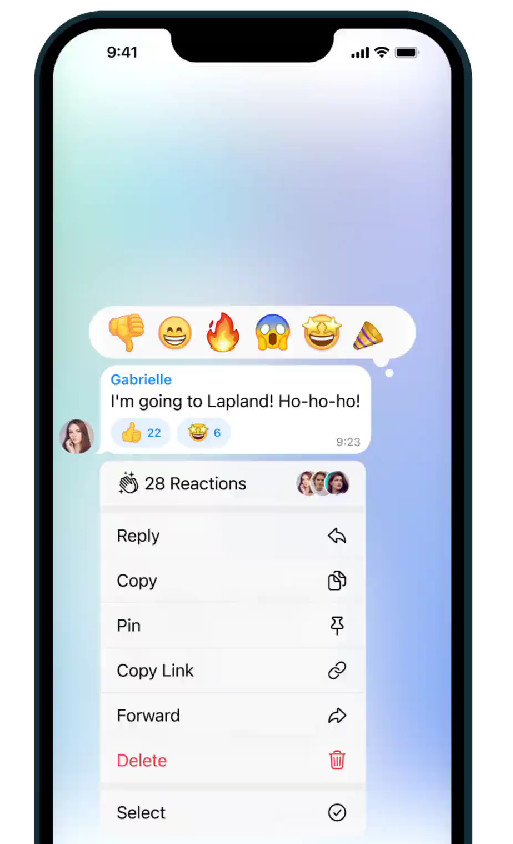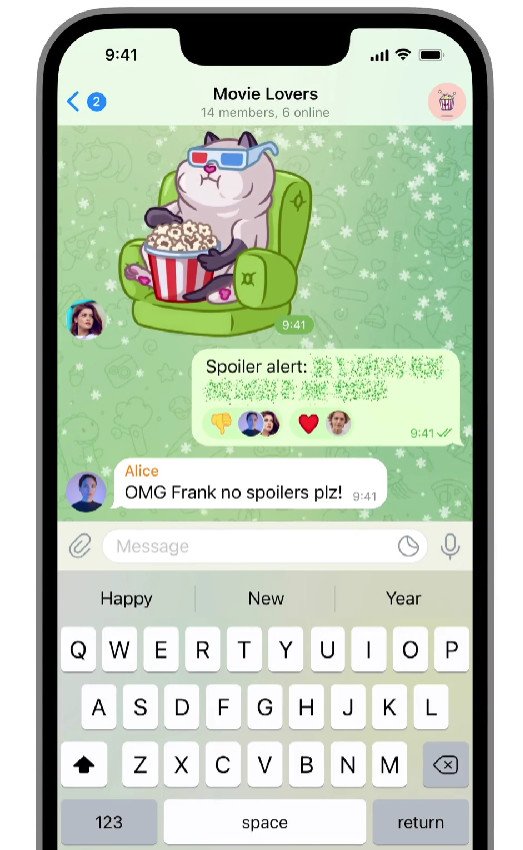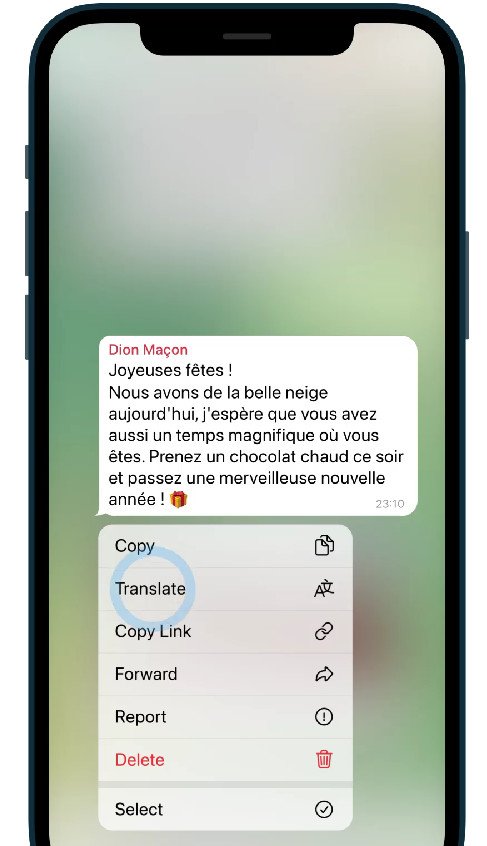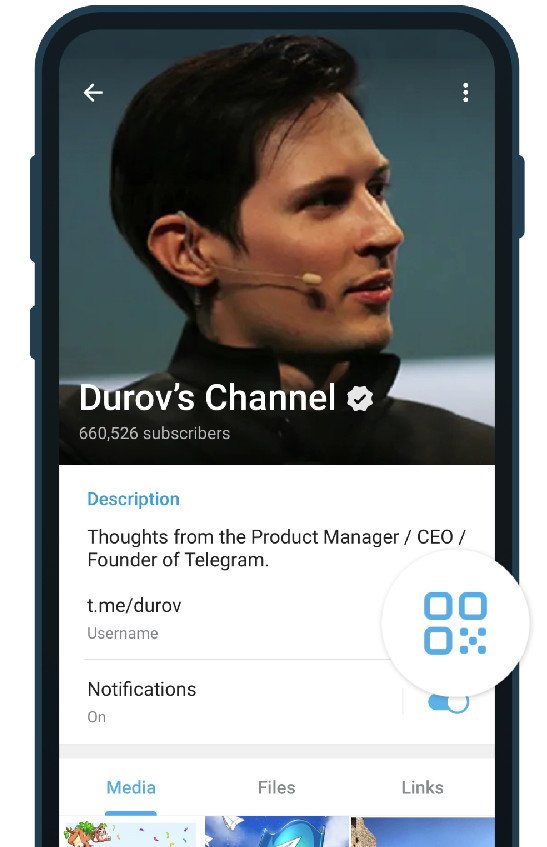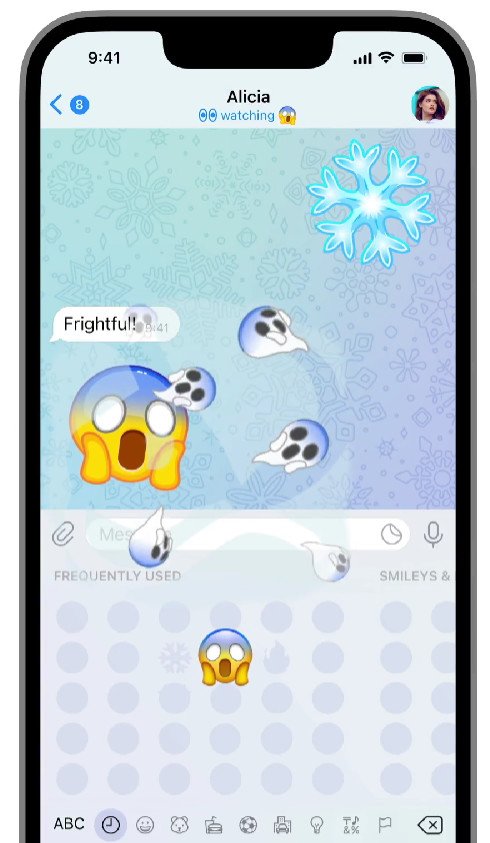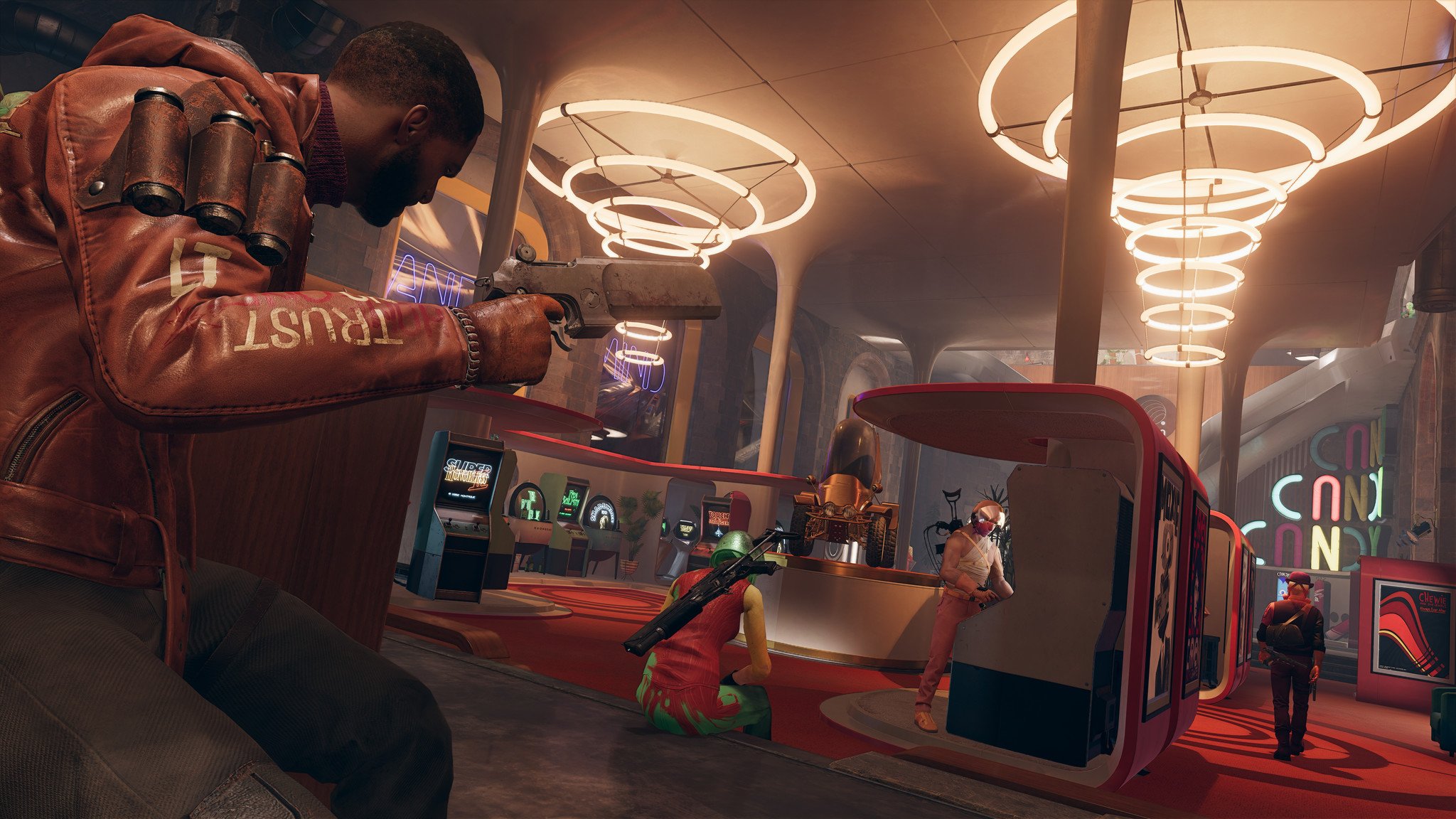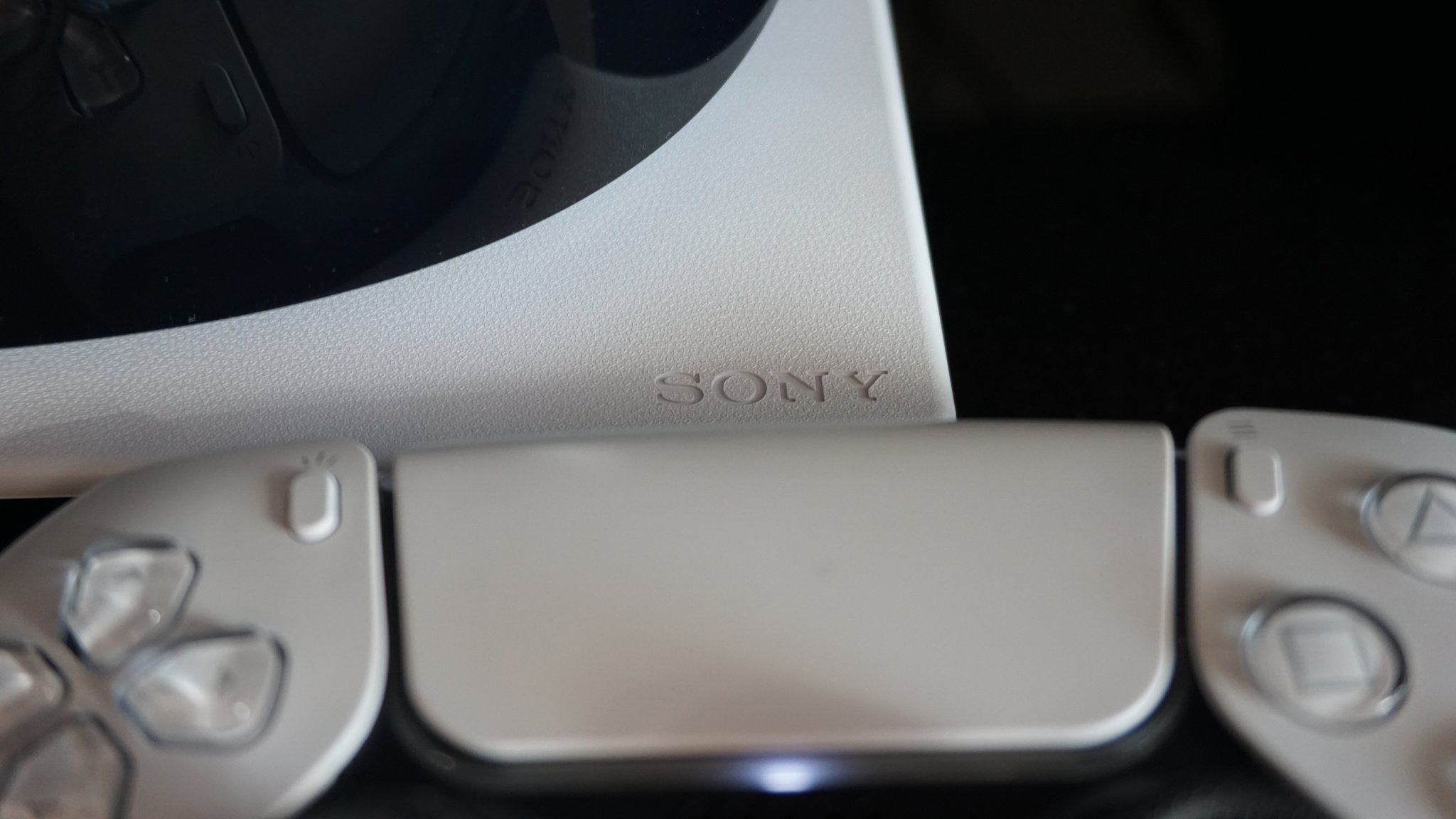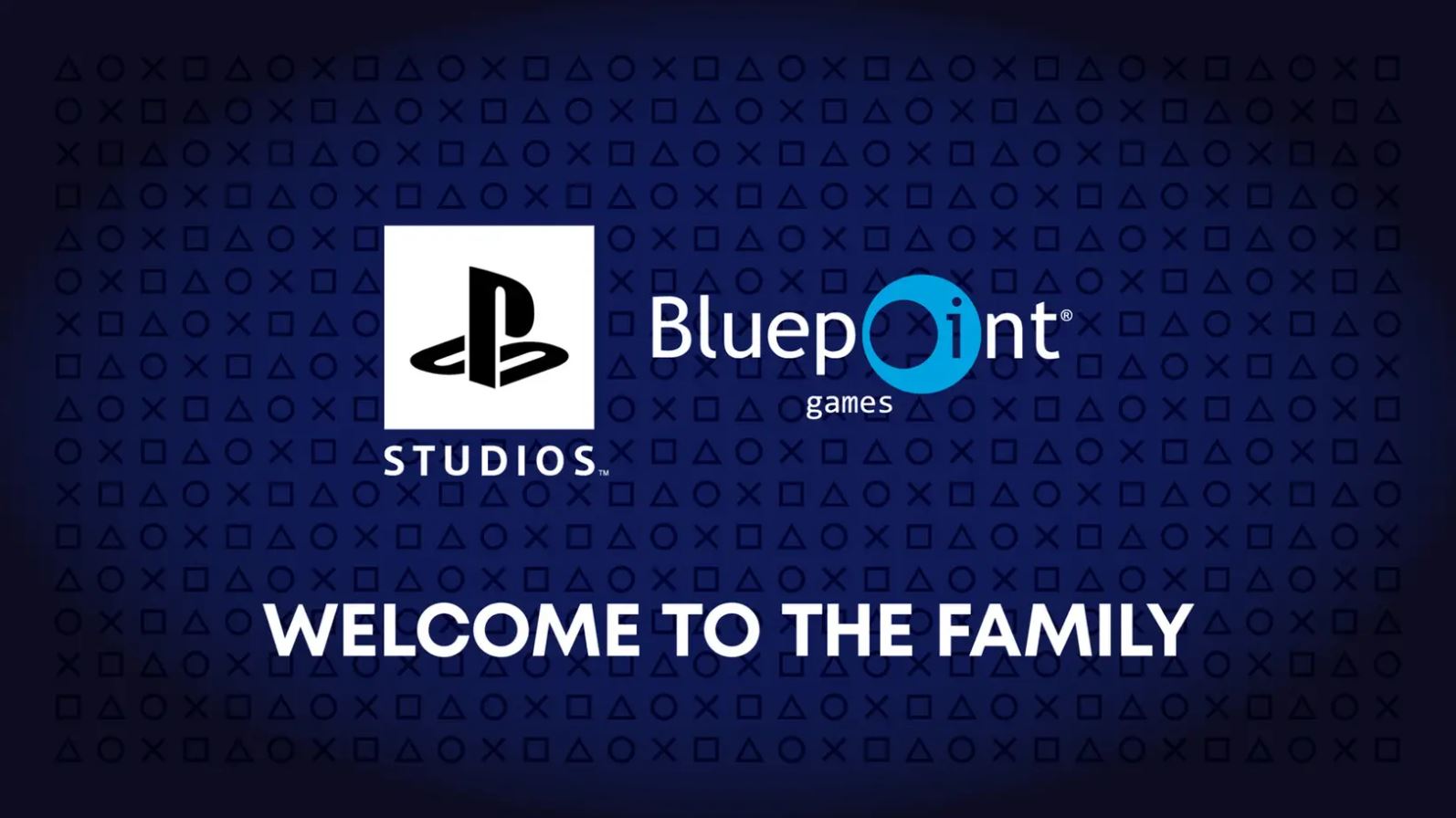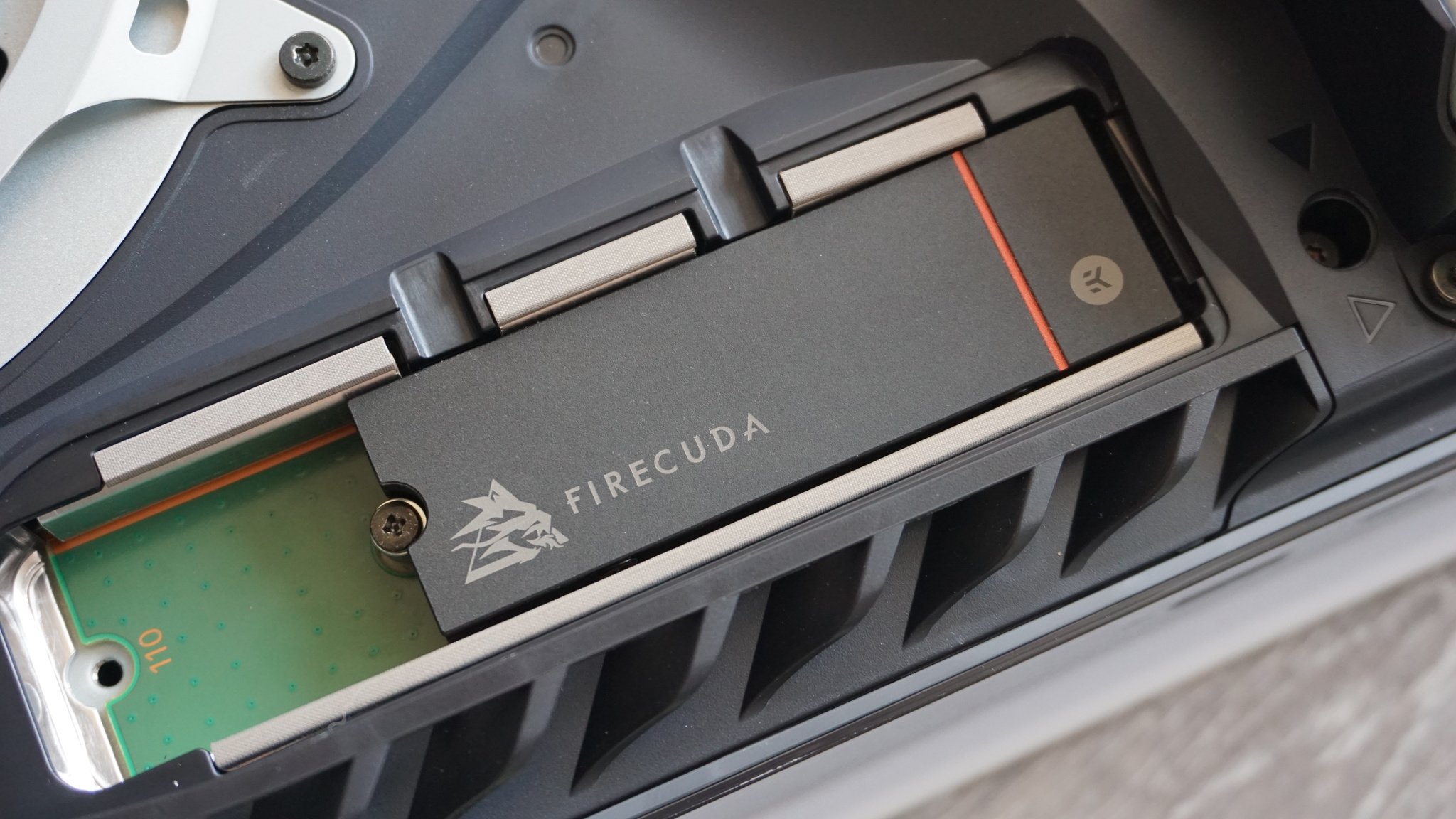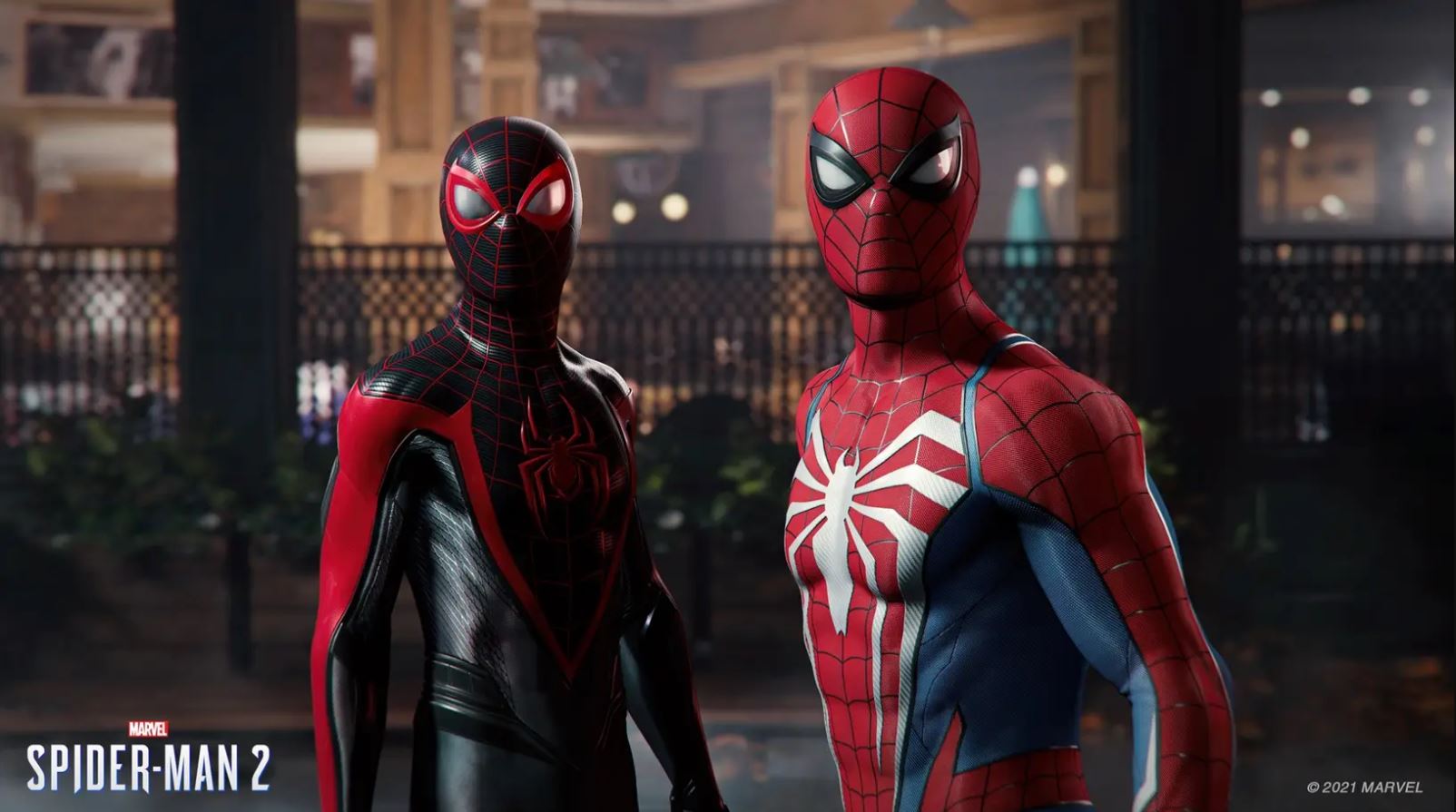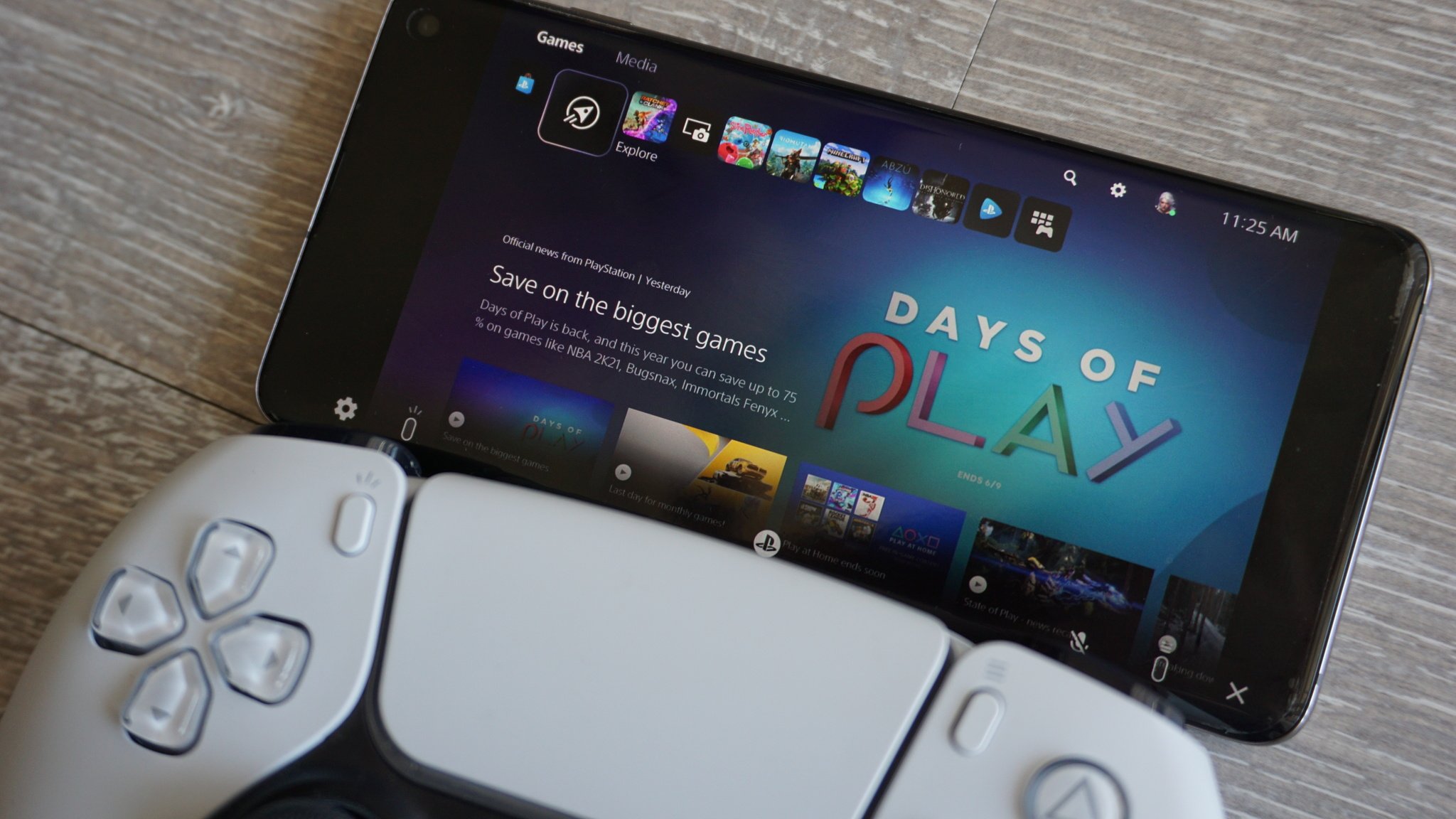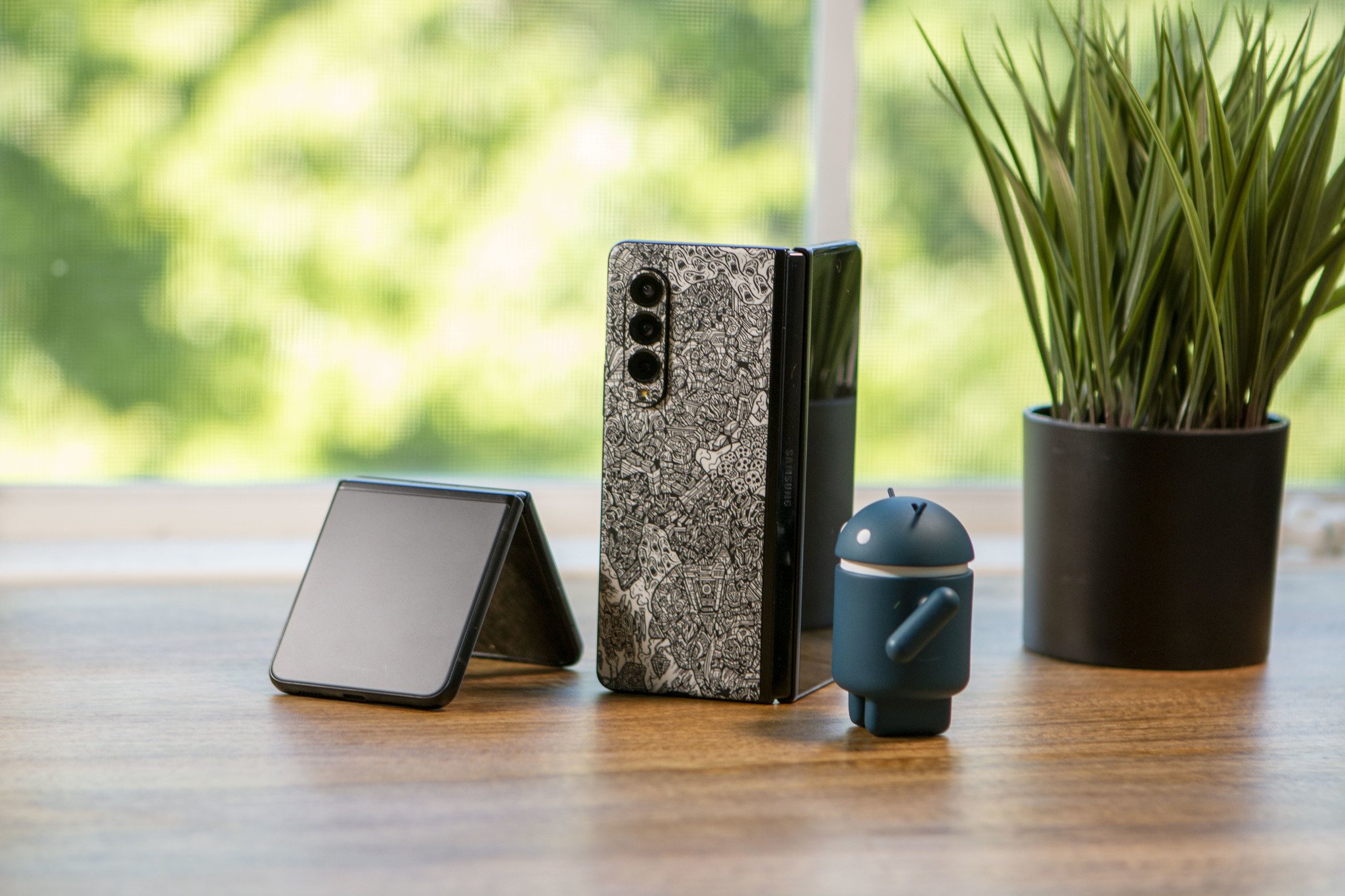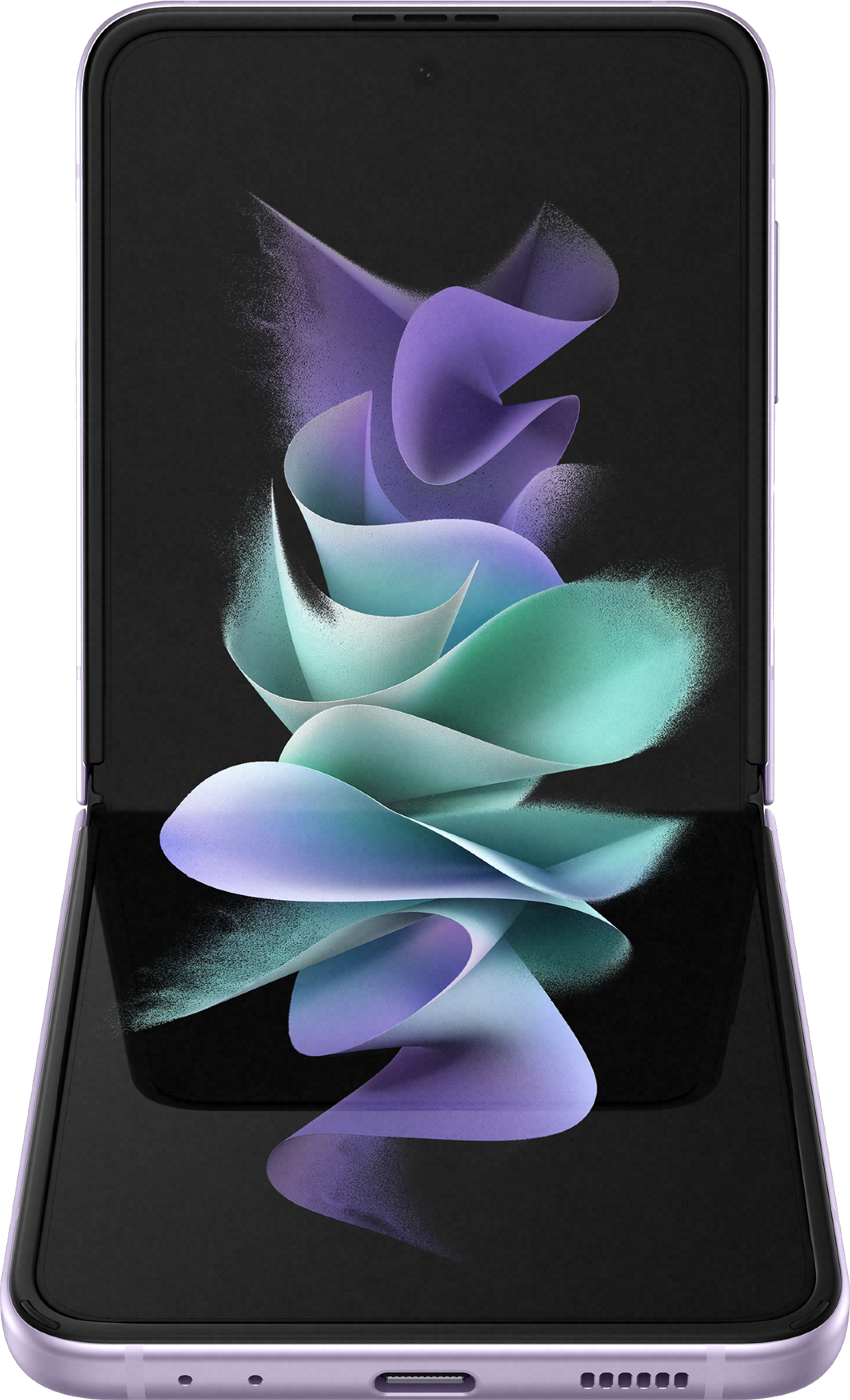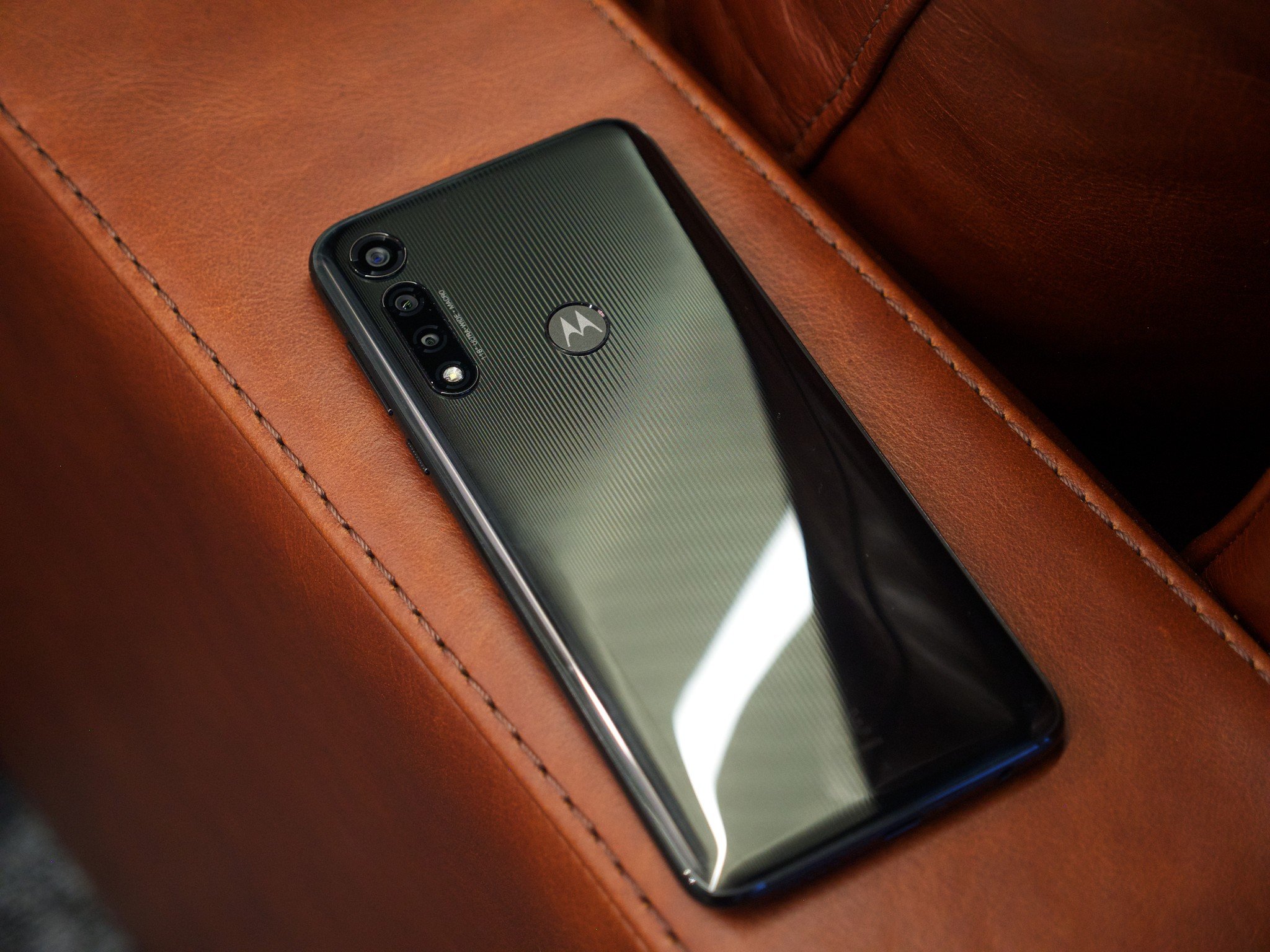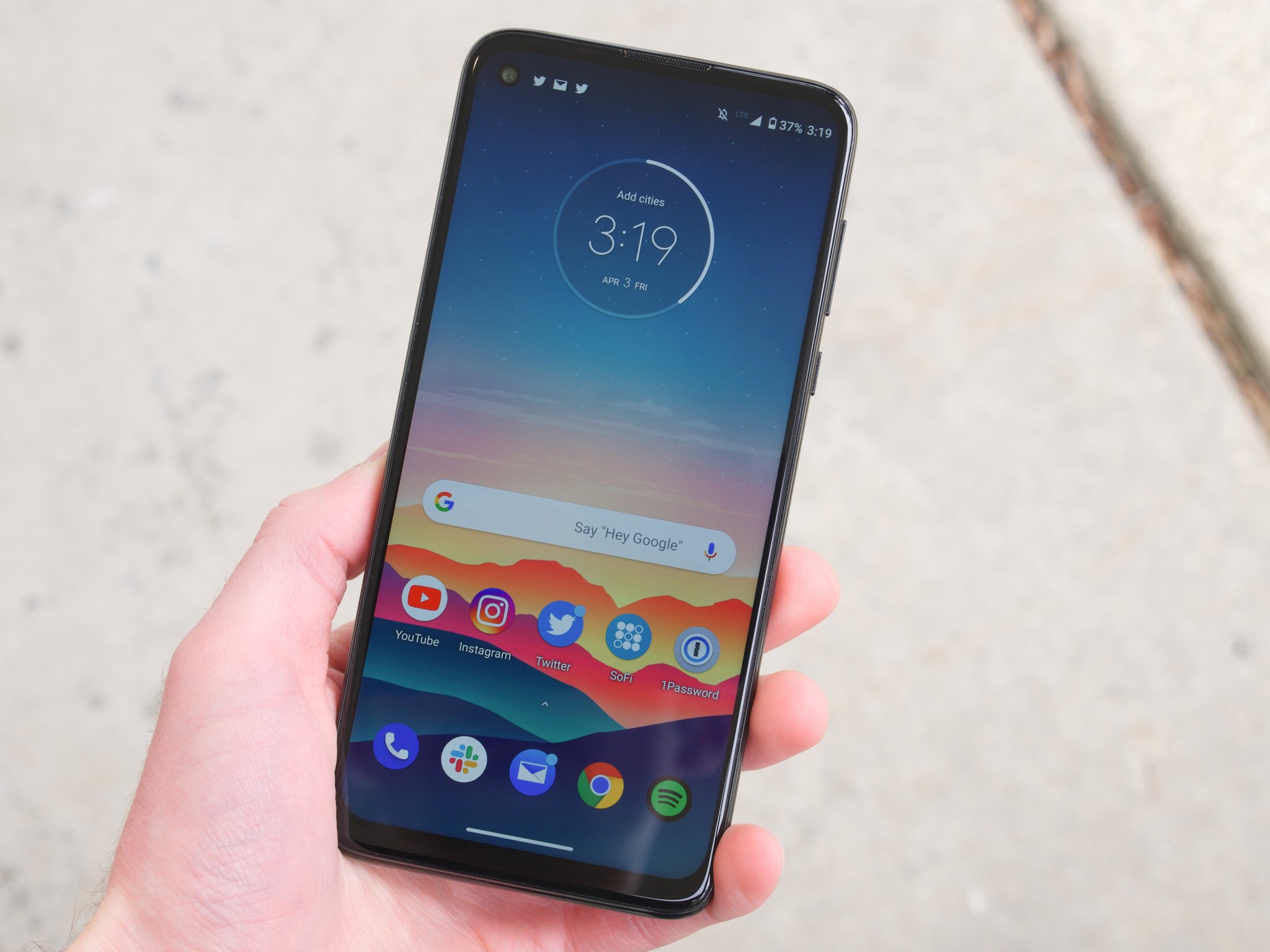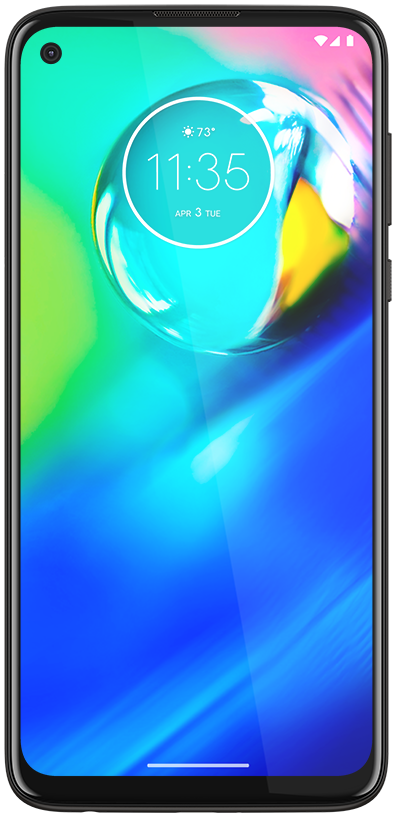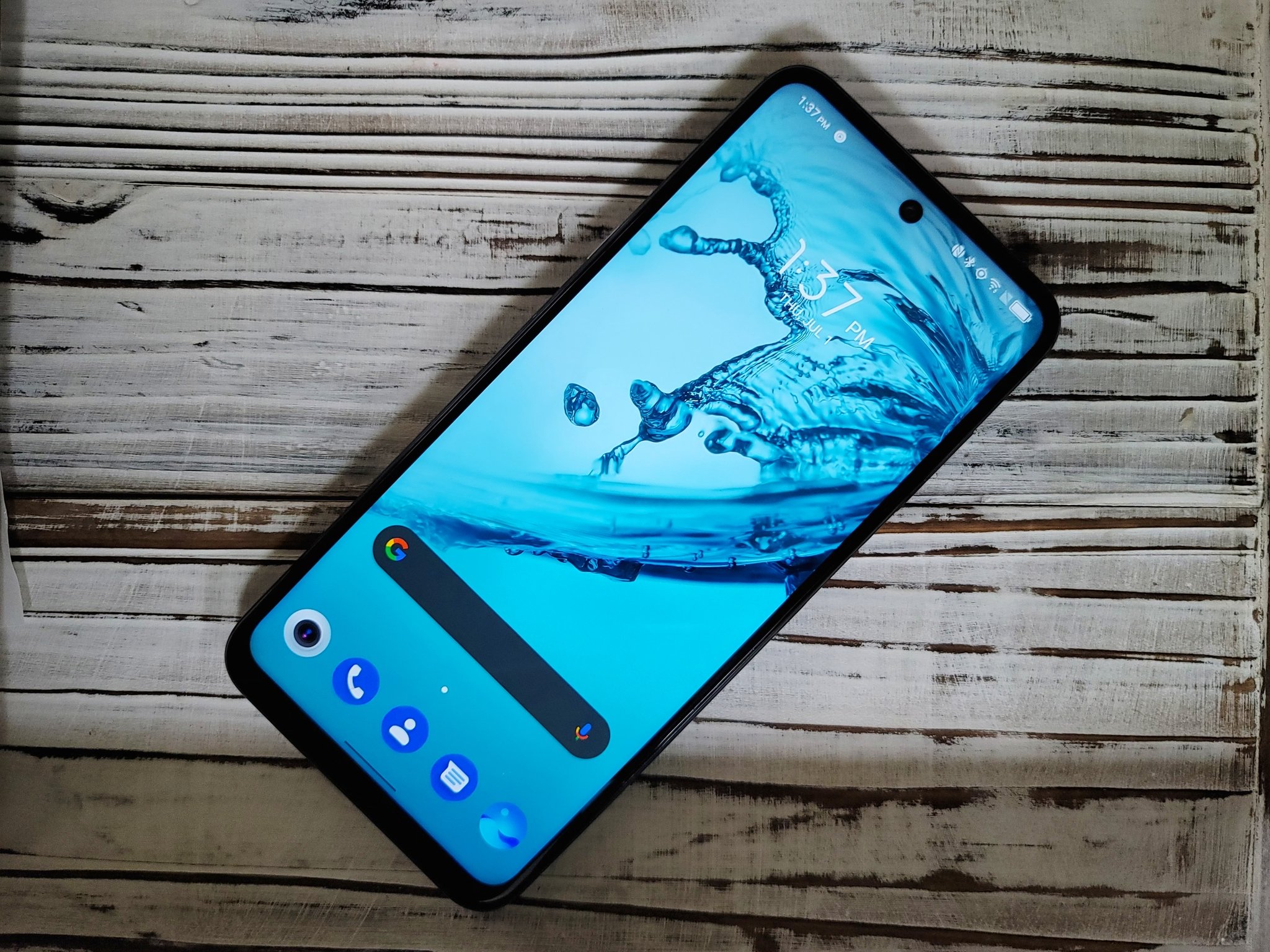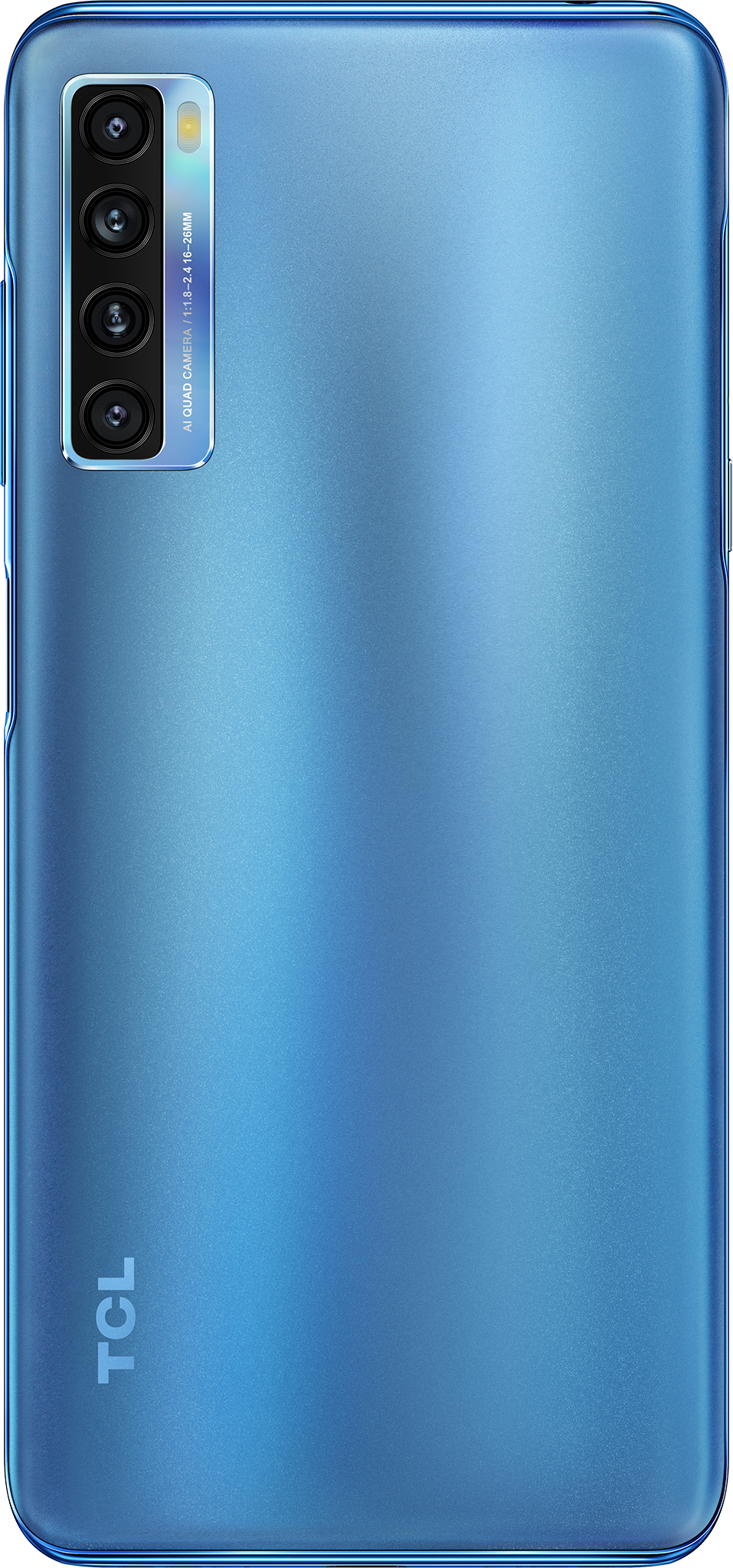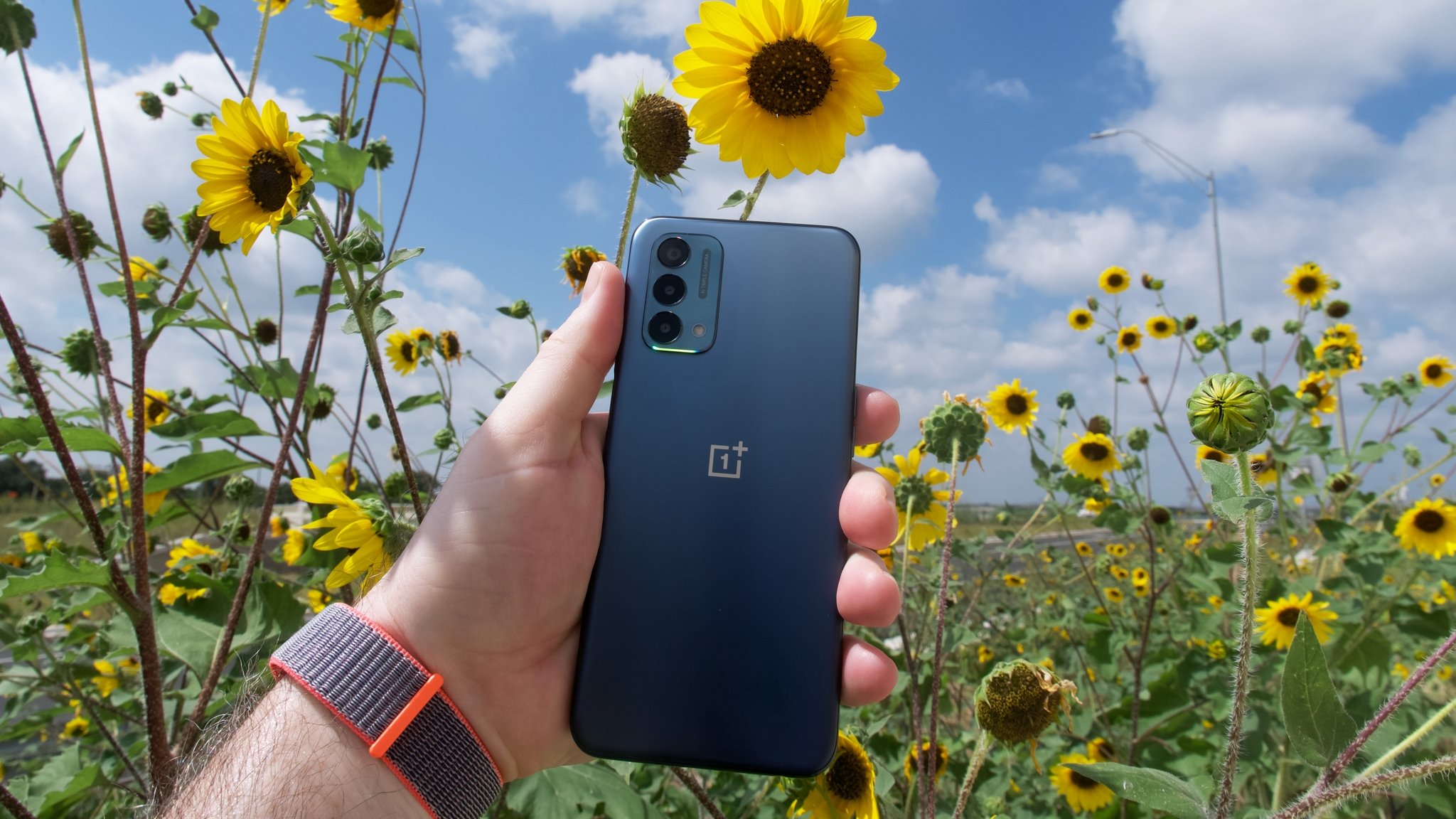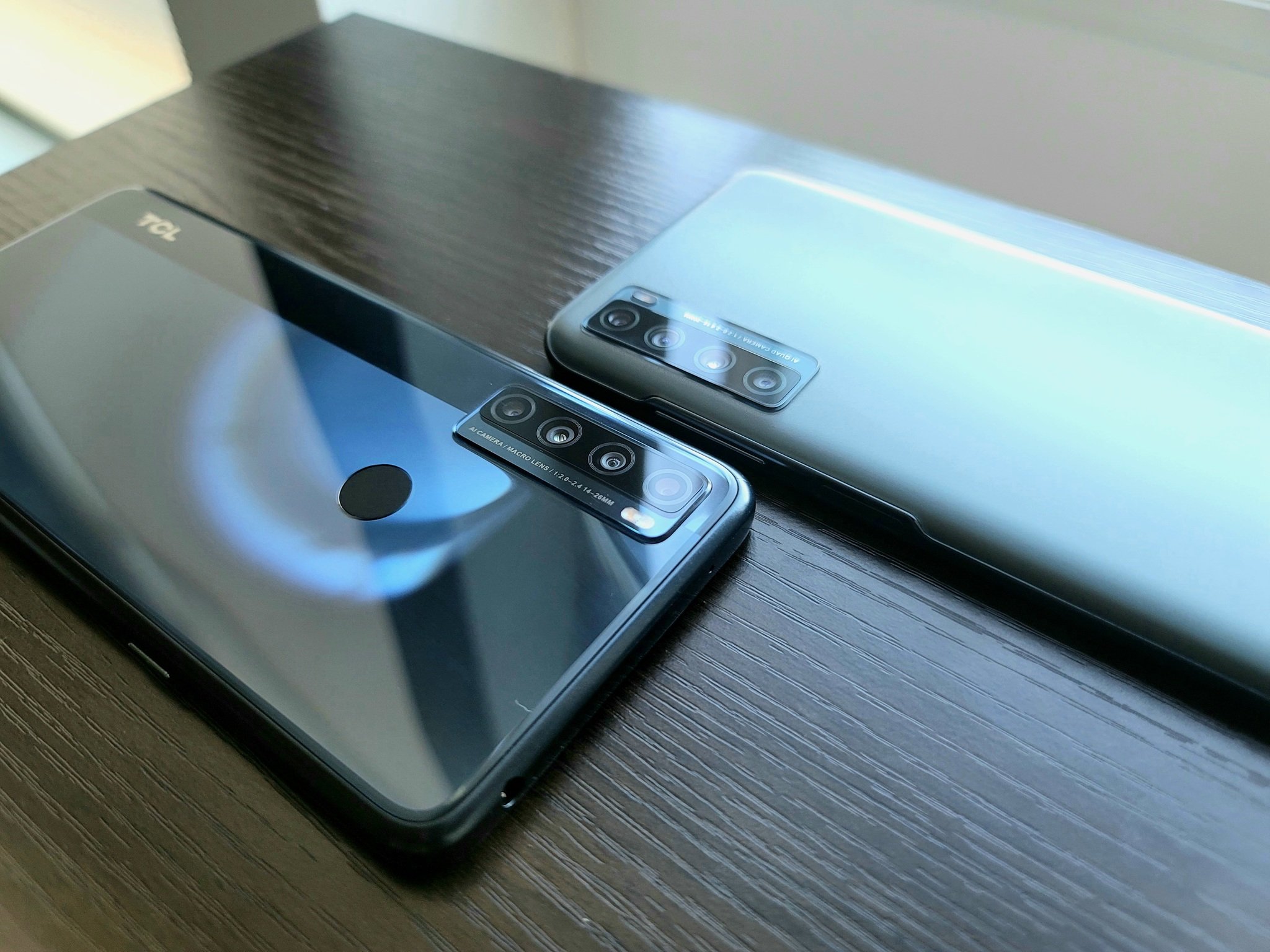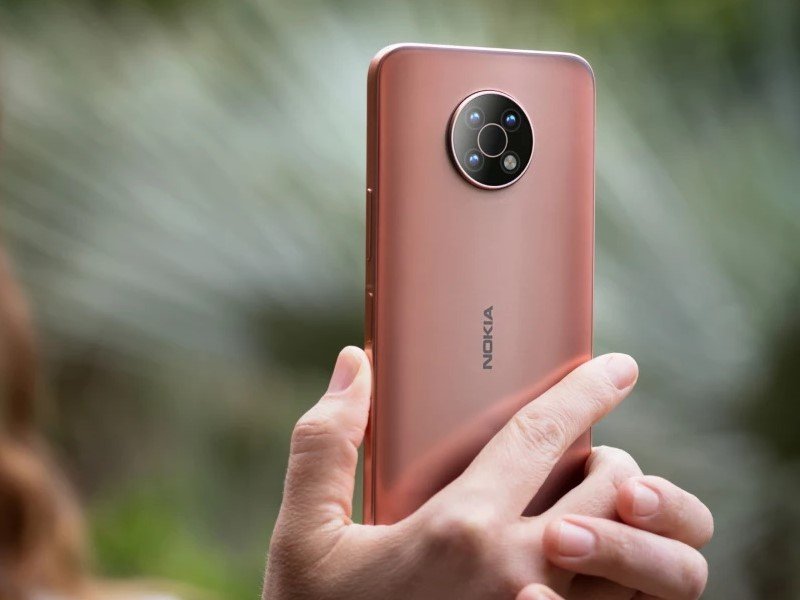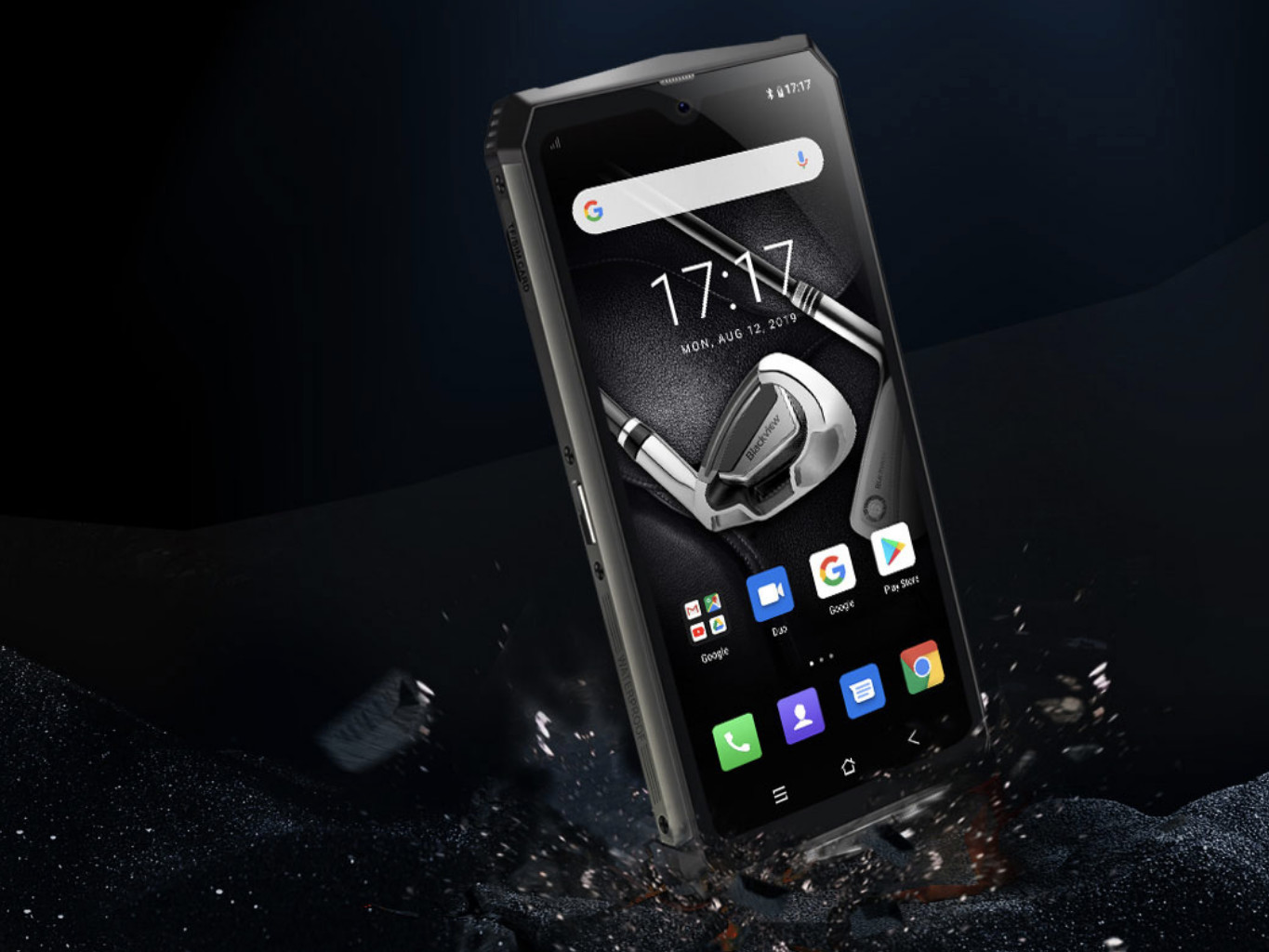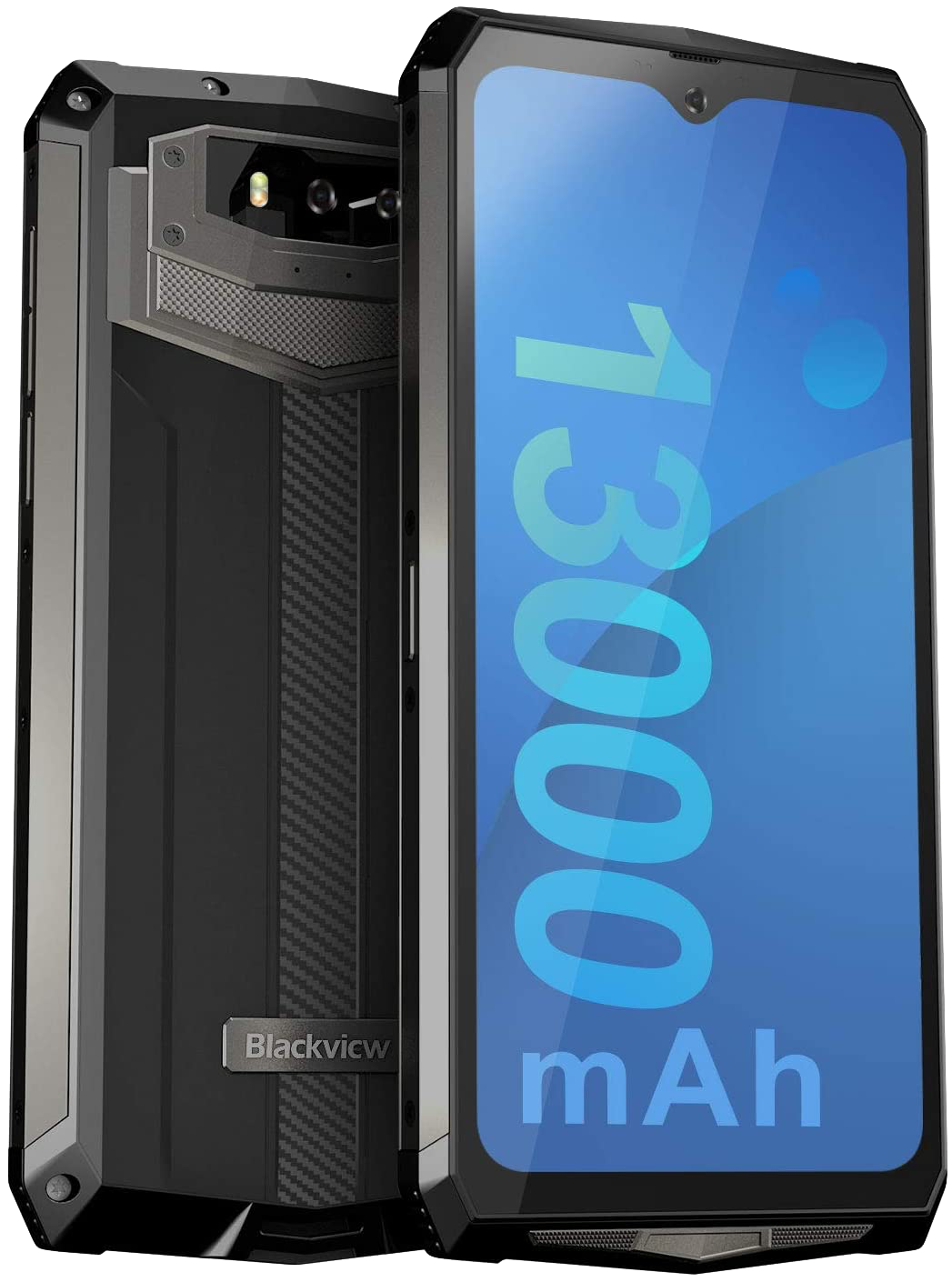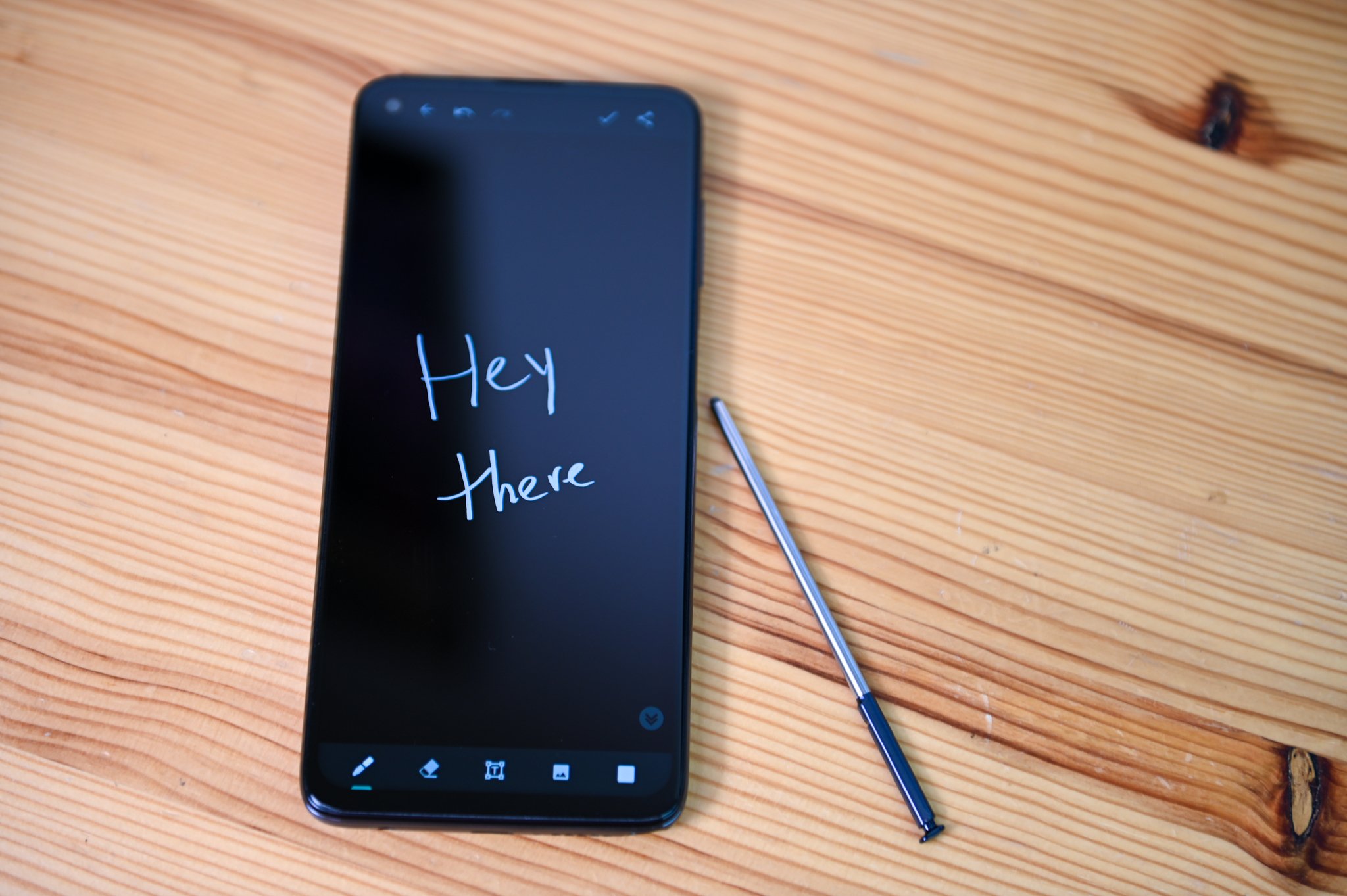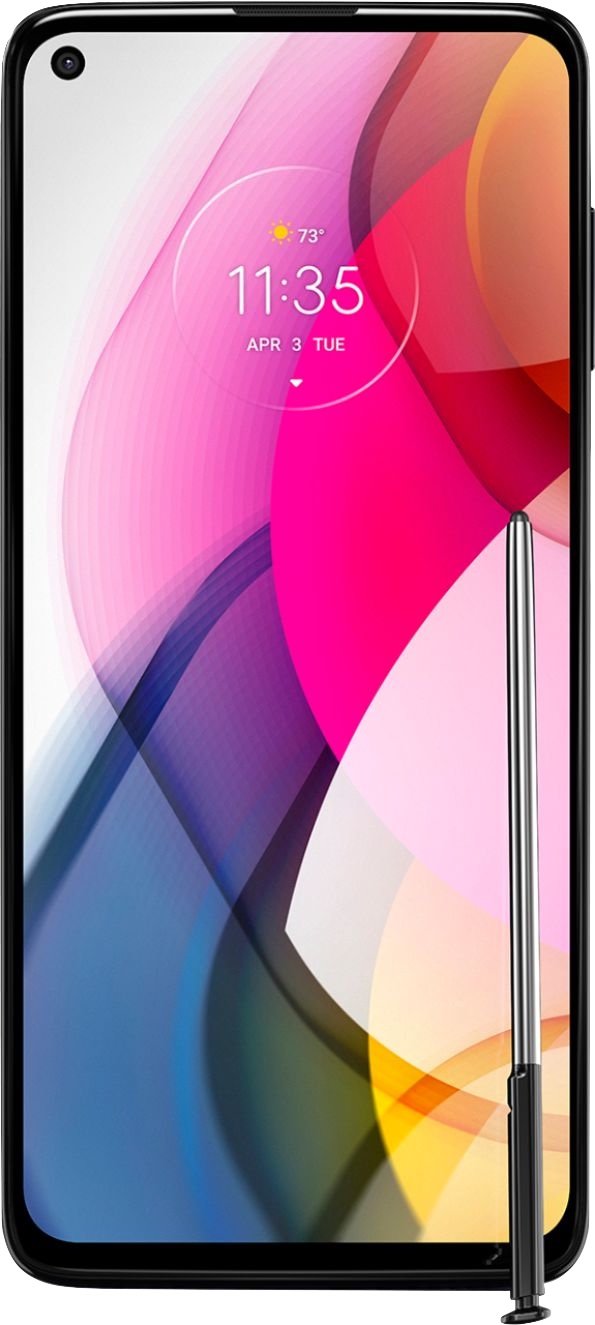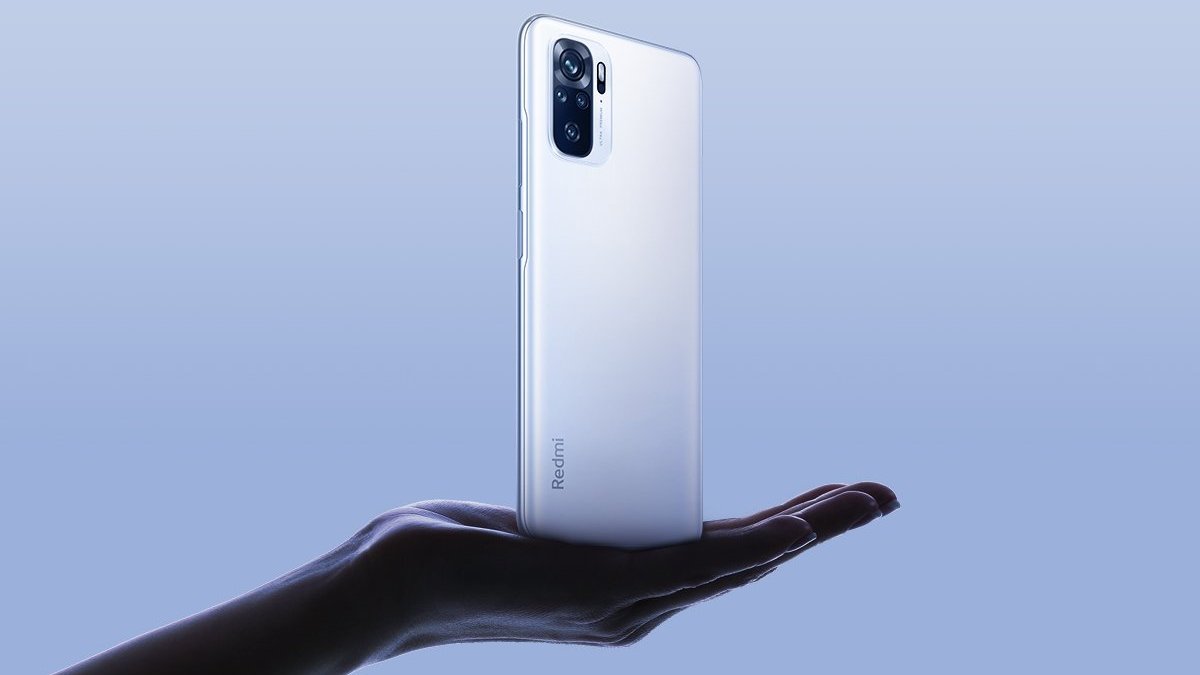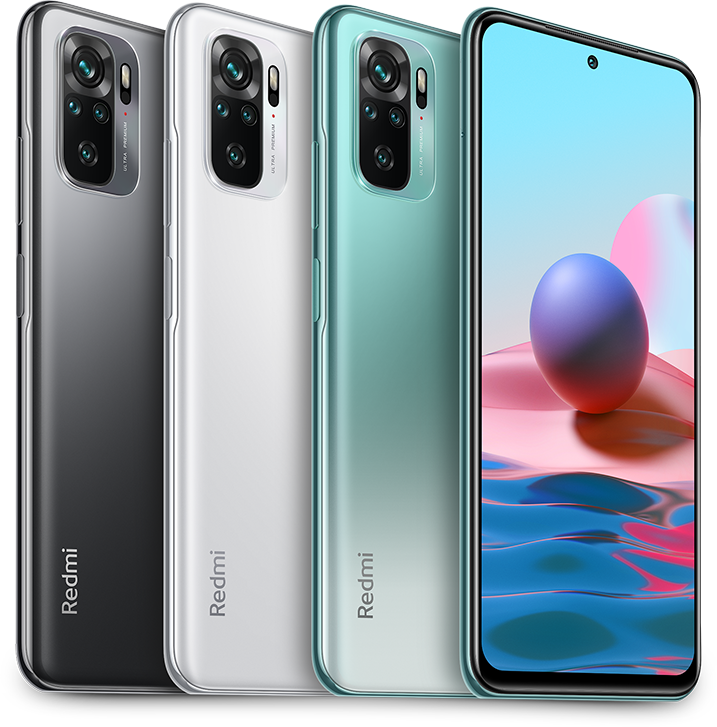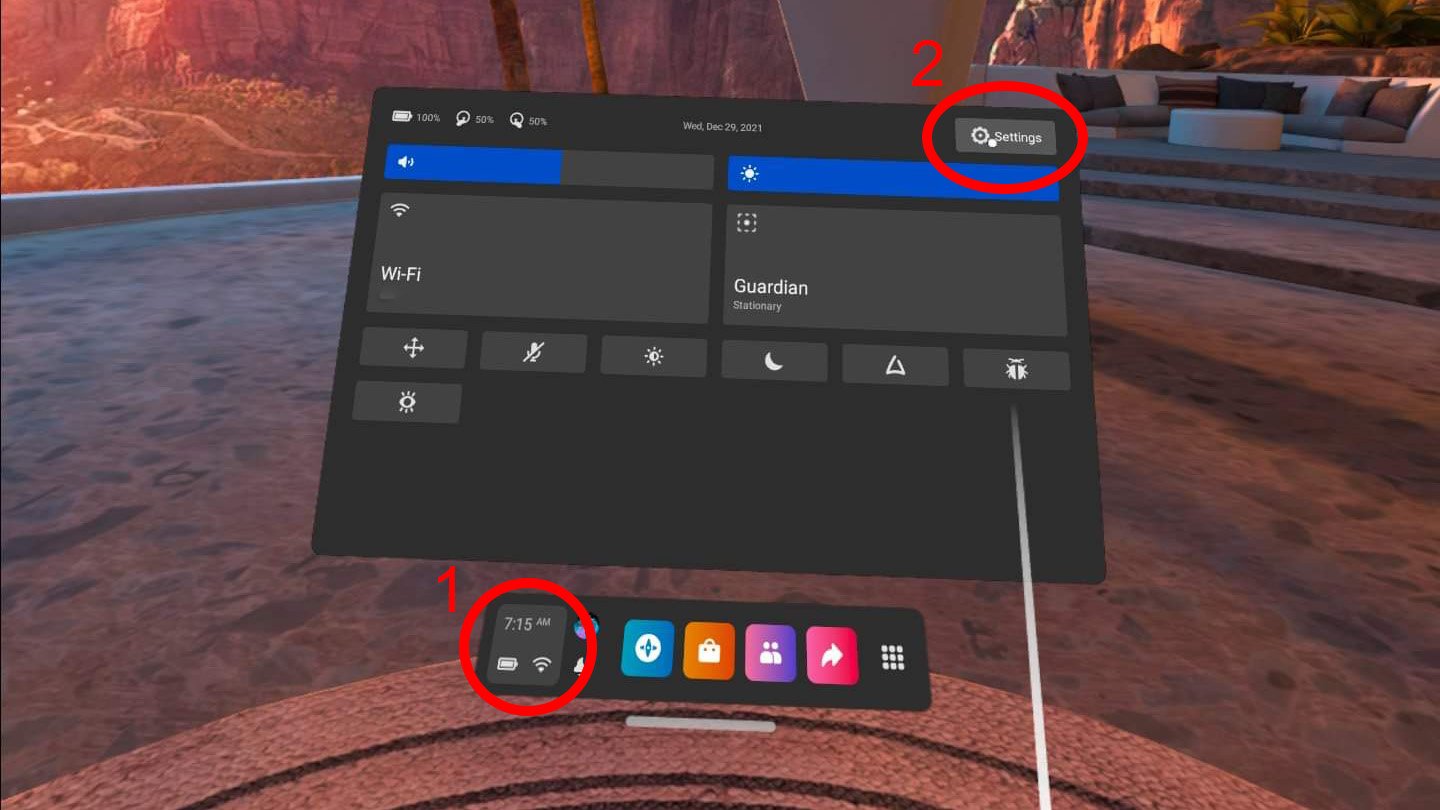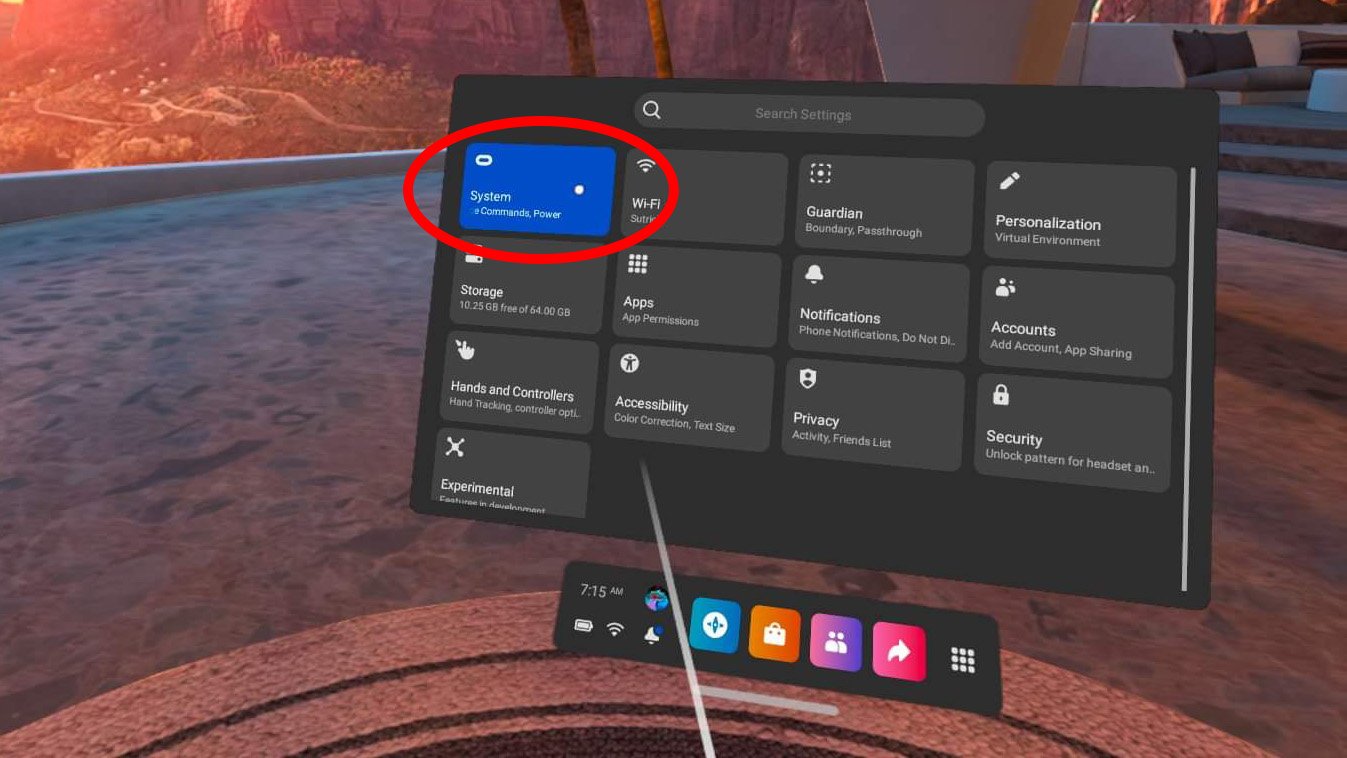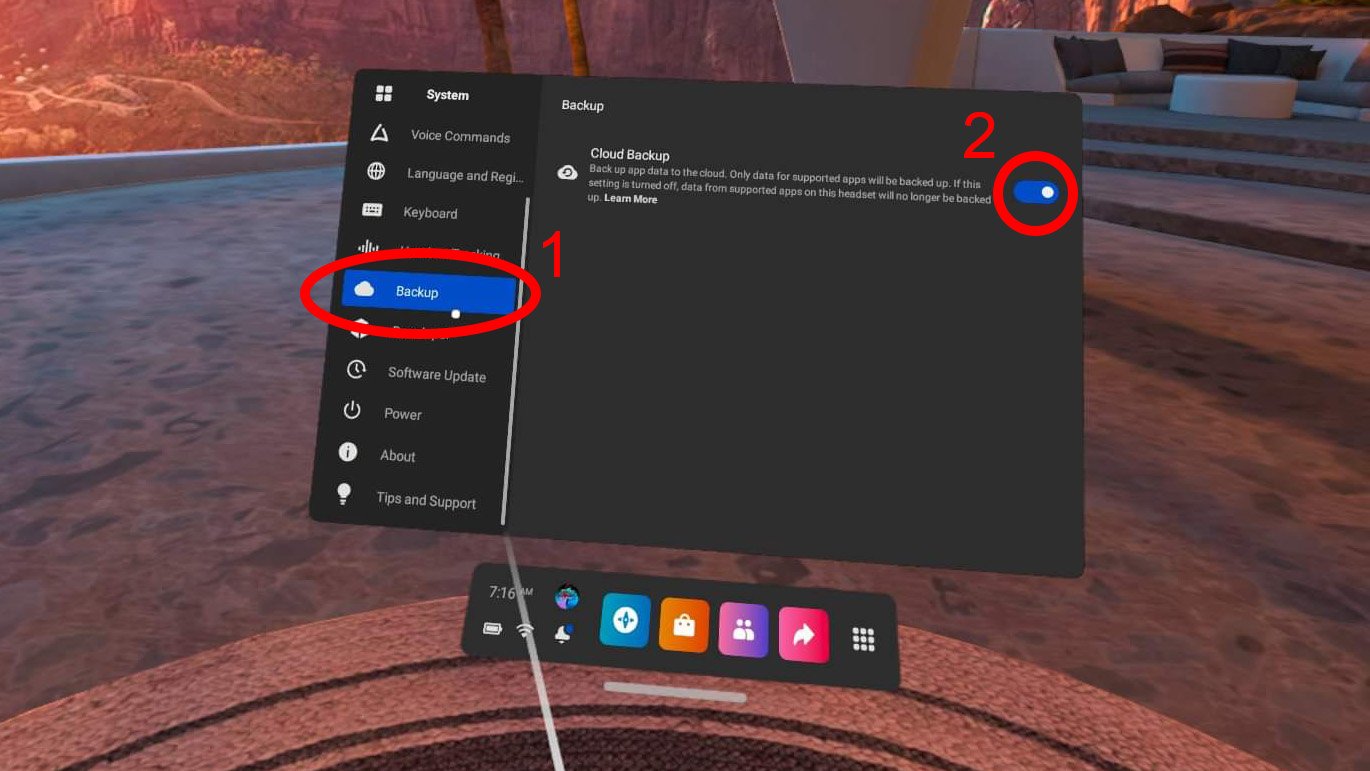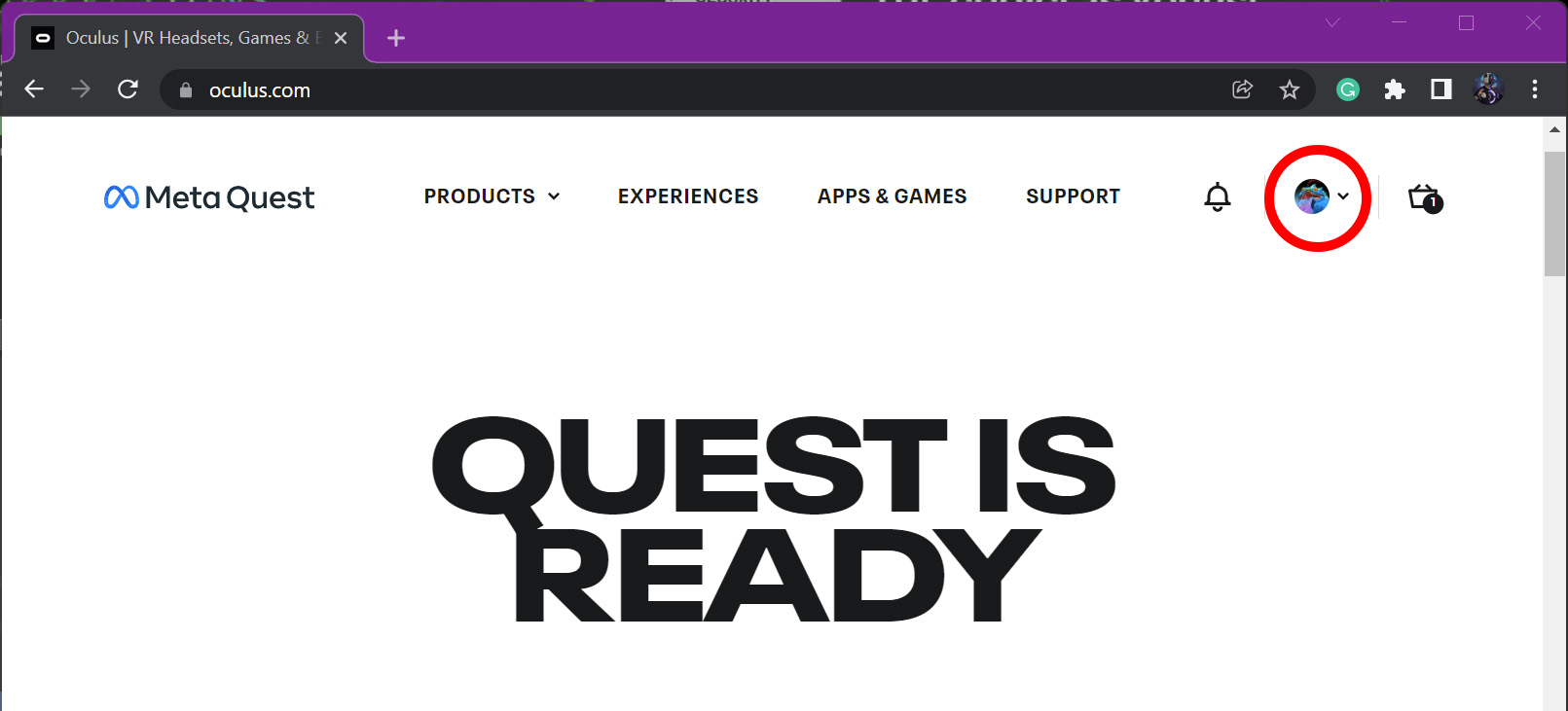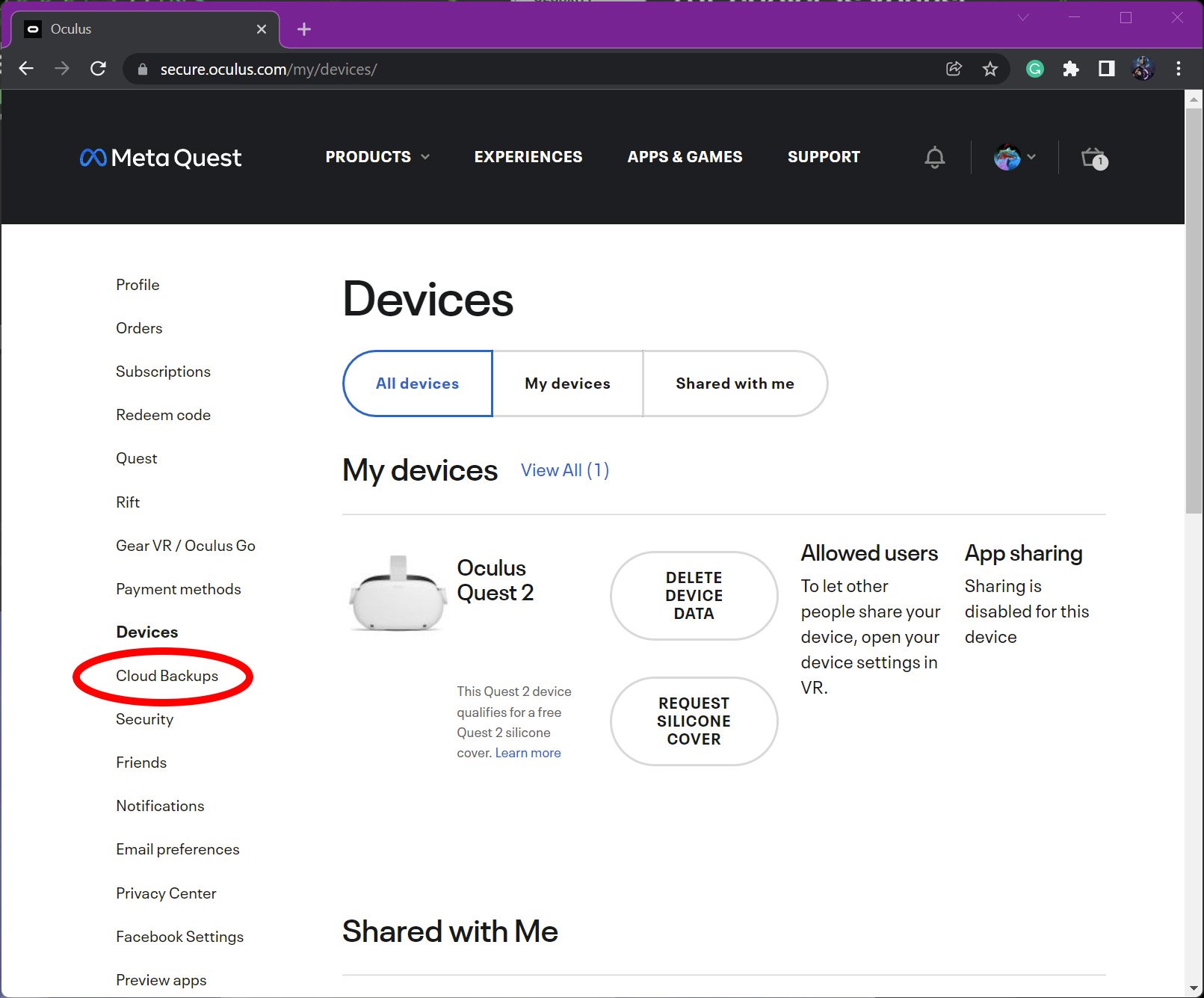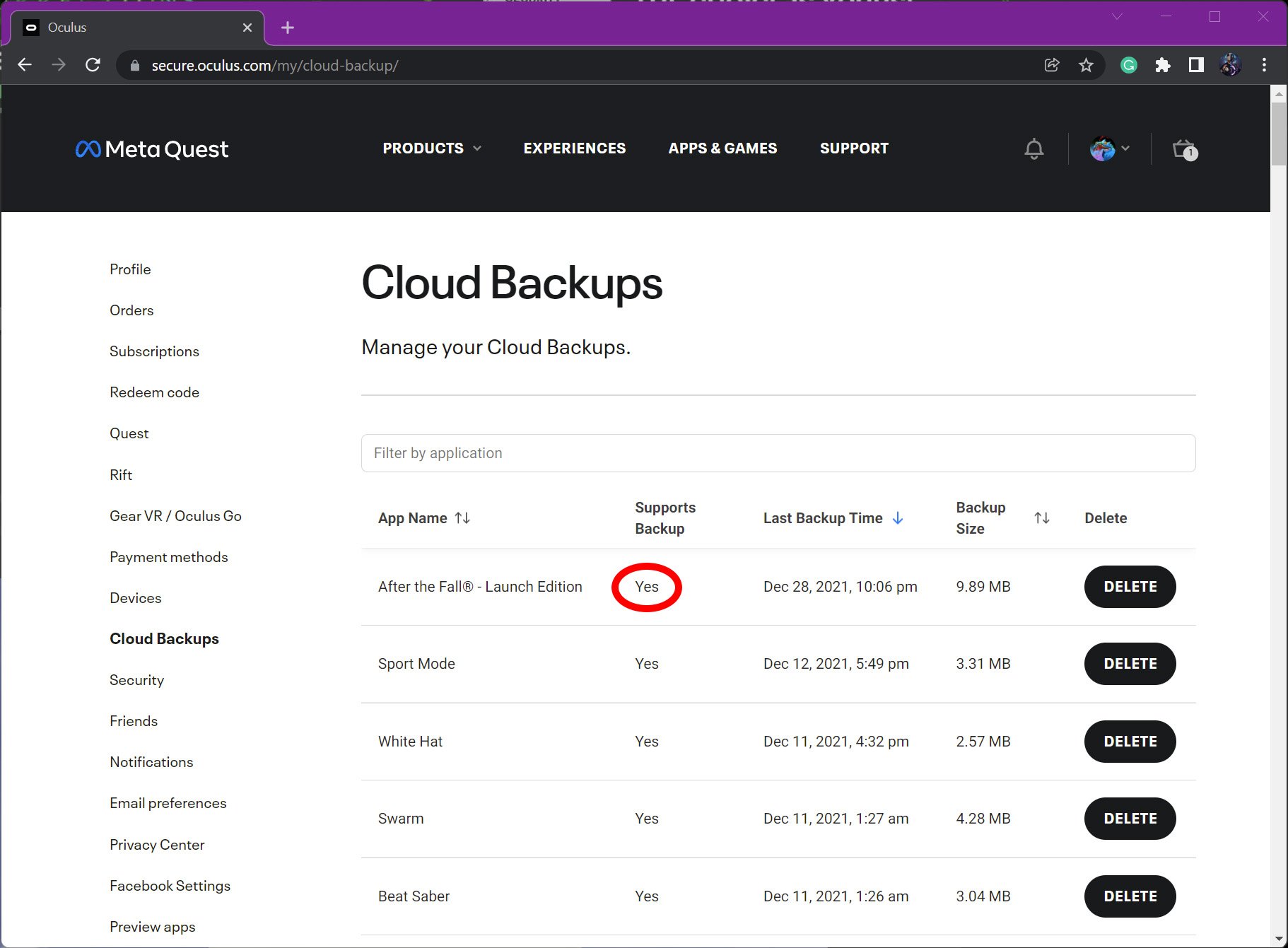It's almost 2022, and that means we're closer than ever to the launch of Samsung's next-gen flagships. We've already got a glimpse of what's to come, thanks to leaked press renders of the Galaxy S22 Ultra, but now a new leak gives us a little more to chew on, along with some official-looking renders of the smallest member of the family, the Galaxy S22.
Friday 31 December 2021
The biggest tech fails of 2021
With the end of the year fast approaching, it's always a fun exercise to look back at the best and worst of the last twelve months. We're not about to say 2021 was a "good" year by any particular metric (have you opened a newspaper lately?), but plenty of fun things happened — especially in our tech-centric corner of the world. Too bad this particular article isn't about any of those things. Here are some of the biggest tech fails of 2021.
Samsung hits a grand slam with its 5G foldables as deliveries soar 400% in 2021
This is the upcoming 2022 flagship our readers are most looking forward to
The results are not too surprising.
What you need to know
- We asked what upcoming 2020 flagships users were looking forward to.
- Roughly half the poll votes were for the Galaxy S22 series.
- The Pixel 6a and OnePlus 10 series followed with the second and third most votes, respectively.
The next generation of flagship smartphones is already upon us thanks to the introduction of phones like the Xiaomi 12 running Qualcomm's latest Snapdragon 8 Gen 1 chipset. However, that's just the tip of the iceberg as we head into 2022, with plenty more smartphones to be announced. That's why we asked what phones our readers were most looking forward to in the first half of the year, as most flagships would be launched at least in the first quarter of 2022.
Unsurprisingly, about 50% of the votes indicated that the Galaxy S22 series was the one to look to. That's not too surprising given the changes Samsung is rumored to make with its upcoming smartphones. To start, the standard Galaxy S22 is expected to receive a glass back instead of plastic for a more premium build. However, Samsung is also likely fully merging the Galaxy Note into the Galaxy S series with the upcoming Galaxy S22 Ultra.
Unlike the Galaxy S21 Ultra, this phone will likely feature an S Pen slot instead of forcing buyers to purchase a separate pen and case to hold it. Along with an updated design and new colors, the Galaxy S22 may be the flagship to beat for the year.
One commenter, bigsmoke79, seemed to speak for many when they say that it's the Galaxy S21 Ultra that they're most looking forward to.
S22 Ultra for me. I've a perfectly good S21 Ultra but the lure of the return of the Note in all but name with the built in s pen and squarer design etc will be too much to resist. I've always been a Note Fan I owned every other one available in the UK even the 7 or the one that went on fire! and only upgraded my Note 20 Ultra because I knew no note was coming and the trade in deal was just too good.
There's no doubt the Galaxy S22 Ultra might end up being one of the best Android phones of 2022. And with Samsung effectively killing the Note line, it'll be interesting to see just how it'll evolve with the S22 Ultra and beyond to attract fans of the Note series. However, this is already a good sign for Samsung's efforts to consolidate its lineup, especially amid the ongoing chip shortage.
Video teaser shows off the OnePlus 10 Pro's design and that big camera
We caught our first glimpse of the OnePlus 10 Pro in early November and the leaks and rumors have not stopped since. At this point we know almost everything there is to know about the device, including the chipset, camera setup, battery, and fast charging capability. But for all those changes, perhaps the most prominent — love it or hate it — is the new wrap-around camera bump. Previous renders showed us the phone’s design, and now we get to take an even closer look at the OnePlus 10 Pro courtesy of a video teaser.
Last Telegram update in 2021 brings some highly anticipated features
The messaging app picks up iMessage-style reactions and a new formatting to hide spoilers.
What you need to know
- Telegram has rolled out its last major update for this year.
- The update introduces a few new capabilities that users have been waiting for.
- It now has iMessage-style reactions, spoilers, translation, and more.
Telegram has a new treat in store for its users before 2021 ends. The service has released a new update containing a bunch of new features including message reactions, hidden text formatting for spoilers, themed QR code, and translation.
While majority of the best messaging apps for Android such as Facebook Messenger and Slack already support emoji reactions for quite some time, Telegram hasn't had this feature until now. Although it is a little late to the game, it has now added message reactions that clearly take inspiration from Apple's iMessage.
You can bring up the emoji reactions by tapping or holding down on the message, just like you can with other message reactions. Each reaction has its own animation, and you can even assign a specific reaction to the double-tap gesture so it can be triggered quickly.
Spoilers are also a new format that allows you to discuss what happens in a movie you've seen with friends in a group chat while hiding the key events or twists from the rest of the group who haven't seen it yet. You can use the Spoiler formatting to hide specific texts by selecting certain sections of a message and applying the Spoiler formatting. This will also hide the chosen parts in the chat list and notifications. However, people can still view the hidden message if they tap it.
Another handy feature that Telegram picked up is the translation option, which adds a dedicated translation button in the message's context menu. You can switch on the new capability via the language section in the app's settings.
You can, of course, disable message translation for languages you already speak or understand. This option is available on all of the best Android phones, though the number of languages available varies depending on the operating system.
Telegram has also enabled the creation of themed QR codes for anyone with a public username, as well as QR codes for bots, groups, and channels. This feature is intended to make it simpler to share usernames or group chats.
Finally, the messaging app has gained more interactive emoji. This means that after sending an emoji, you can tap it to watch its amusing animation. These new features are included in Telegram 8.4.
Thursday 30 December 2021
Don't worry, Pixel 6 users, Google will fix your connectivity issues... by late January
Google postpones its messy December Pixel 6 update until late January
Google recommends anyone with signal issues factory-reset their Pixel 6 and 6 Pros to the previous version.
What you need to know
- The recent December Pixel Drop caused significant mobile connectivity issues for some Pixel 6 owners.
- Google has "identified a fix" but won't deliver it to users until late January.
- The next update will include all of the previous bug fixes.
- If you've downloaded the update already, your only recourse is to use the Android Flash Tool to revert to the previous version.
Google's December update fixed a variety of Pixel 6 bugs that had plagued the phone since launch. Unfortunately, it also introduced an even worse bug that hamstrung the Pixel 6's network connectivity. Some users couldn't connect to networks in areas with great coverage and reported frequent signal drops.
Google said it was looking into the issue on December 17, and paused the update's rollout. Now, nearly two weeks later, a Pixel support page indicates Google has found a fix for the issue. Unfortunately, they won't roll out that fix until "late January," meaning anyone with the current update would have to endure an extra month of poor reception.
"If you received the December software update on Pixel 6 or Pixel 6 Pro and are still experiencing mobile connectivity issues, you can revert to the previous software version using the Android Flash Tool (flash.android.com) and performing a factory reset," the post explains.
If you're not experiencing any signal issues, you can continue to use the current build. But if you never received the update to begin with, you'll have to wait an extra month for all of the bug fixes and new features associated with it.
There are several obvious issues with this solution. One, it requires people to back up their phones and go through a manual update process, instead of Google fixing the problem via OTA; many Pixel 6 owners may never see this option. And two, reverting to the last build will reintroduce all of the bugs the Google devs had fixed and roll back the security patch.
Evidently, this Pixel 6 bug isn't something that the developers can fix quickly, or else they would have. We've seen other bugs, like Microsoft Teams blocking 911 calls, patched in days rather than weeks.
Nevertheless, it's disappointing that Google's first foray with its own SoC, Tensor, has led to such a buggy experience all around. While we consider the Pixel 6 one of the best Android phones for hardware quality, the software experience has proved sub-optimal for many users.
With new phones like the Samsung Galaxy S22 and OnePlus 10 on the way in early 2022, it'll be interesting to see if some Pixel owners jump ship before Google can right it.
It's going to be another month before your Pixel 6 can take full advantage of your new Pixel Stand
Google may have started selling its new second-generation Pixel Stand a few weeks ago, but your Pixel 6 won't actually be able to take full advantage of it for a little while longer. Since the December update has been pulled, the up to 23W fast wireless charging functionality won't be delivered to the Pixel 6 or 6 Pro until the January update.
Samsung's Galaxy Note 10, Note 10+, and S10 5G are officially joining the Android 12 party
A year in review: PlayStation had a slow but successful 2021
Despite facing an uphill battle, PlayStation delivered a solid lineup of games and updates.
2021 was a weird year for PlayStation, not to mention the games industry as a whole. It was the first full year the PS5 was on sale, but it also happened to be a year fraught with supply shortages amid a deadly pandemic. It's been near-impossible to buy a PS5, and as Niko Partners senior analyst Daniel Ahmed noted on Twitter, it's taken quite a toll on potential sales.
Not all's bad for PlayStation, though. It managed to unlock expanded SSD storage on the PS5, drop some stellar exclusives throughout the year, and reveal a slate of impressive upcoming games.
While I don't think it managed to have quite a great year as Xbox has had, especially with Microsoft's acquisition of ZeniMax Media, PlayStation proved it wouldn't rest on its laurels and be complacent. It made some notable studio purchases and delivered easily the most impressive showcase of the year in September. PlayStation fans have a lot to look forward to, but let's first take a look back at what 2021 had in store.
Games, games, games
Diving into its game releases, none stand out quite like Ratchet and Clank: Rift Apart, which was up for numerous game awards this year. In our own review, we called it a new flagship franchise for PlayStation, and said, "longtime series fans and newcomers alike owe it to themselves to play Ratchet and Clank: Rift Apart. It's an excellent addition to the beloved franchise that proves you can teach an old dog new tricks."
Needless to say, it was a success story for Insomniac and PlayStation. And not to be slowed down by a major release, Insomniac is already hard at work on the Spider-Man 2 and a new Wolverine game. We have every reason to believe those games will be just as excellent given Insomniac's track record.
PlayStation also saw the releases of Deathloop and Kena: Bridge of Spirits, both receiving high praise here at Android Central and across the industry. While delays have no doubt taken a toll on Sony's roadmap, it was a relief to see that the company could still snag a few big hits over the year.
That said, some notable exclusives like Horizon Forbidden West, Gran Turismo 7, and God of War Ragnarok were all pushed to 2022 after initially, if naively, expecting to launch in 2021. Those were major delays over a holiday period that saw Xbox's Halo Infinite release. PlayStation needed a big holiday hit, and it just didn't have one.
Stock isn't keeping up with demand
Despite selling over 13.4 million units as of October 2021, PS5 production just can't keep up with demand. The pandemic decimated supply chains and caused chip shortages throughout the world; chips that are integral in making gaming consoles. Sony had originally wanted to manufacture 16 million consoles by the end of March 2022, but that number was cut to 15 million due to production difficulties.
Despite selling over 13.4 million units as of October 2021, PS5 production just can't keep up with demand.
There's no arguing that the PS5 has been successful even with unprecedented demand, but PlayStation isn't able to fully capitalize on that popularity. As a result of low stock, scalpers have taken to selling consoles for upwards of $1,000, and it's more common than not to find outright scams on social media.
PlayStation is far from the only console manufacturer affected by this, with Microsoft and Nintendo both suffering from production shortages as well, but just because it isn't alone in this scenario doesn't mean it's any better. Sony is losing out on millions of dollars in potential sales. The silver lining to all of this is that as of August 2021, Sony is no longer selling the PS5 at a loss.
Studio acquisitions galore
Not to let Xbox have all of the fun with its ZeniMax acquisition, PlayStation was on quite a spending spree over the course of the year. Sony acquired five studios in 2021, adding to its first-party portfolio with Housemarque, Firesprite, Nixxes Software, Valkyrie, and Bluepoint. While Valkyrie and Nixxes are being described as support studios at the moment, that doesn't change the fact that Sony's been beefing up its workforce.
All of this should mean that PlayStation's first-party offerings will be more diverse and polished. But Housemarque and Bluepoint recently released two major games with Returnal and the Demon's Souls Remake, respectively, so any new projects from either may be years away.
PlayStation's move onto PC
For the longest time, first-party games would only release on PlayStation platforms, completely skipping a PC release. That changed in 2020, and the company's PC efforts continued to expand in 2021. After seeing Horizon Zero Dawn hit PCs, Days Gone followed suit. Upcoming PC releases include God of War and Uncharted: Legacy of Thieves Collection. It may be a small list for now, but it's sure to grow as time goes on, and it shows that PlayStation is becoming more aware of its growing market.
You'll see some online decry this as a win for Microsoft, but it's really not. Sony releasing these games on PC only gets them into the hands of more players and makes it more money. It's a win/win scenario. It doesn't devalue the console exclusivity of certain games. It's expanding an ecosystem, and that's something that PlayStation desperately needs.
Both Days Gone and Horizon Zero Dawn found tremendous success on PC, topping Steam sales charts, and we have every reason to believe that that trend will continue as more PlayStation exclusives are released.
What is going on with PlayStation Now
PlayStation Now had a very average, unnoteworthy year, but there's reason to believe that may change soon. Bloomberg reported that PlayStation is set to create its own service to compete with Xbox Game Pass, effectively merging PS Plus and PS Now into one subscription. The company will apparently keep the PlayStation Plus branding but "phase out PlayStation Now," according to documents.
Spartacus, as the service is reportedly code-named, may have three tiers at varying price points, offering different services. The first would essentially be PS Plus as it stands, the second would offer a library of free PS4 and PS5 games, and the third would add extended demos, game streaming, and a library of classic PS1, PS2, PS3, and PSP games.
Considering that PlayStation Now launched a whole three years before Xbox Game Pass and somehow fumbled the ball badly, this report is only good news. PS Now never struck a cord like Game Pass did, even though it had every opportunity in the world to be better. It wasn't even until 2019 that its price dropped from $20 per month (!!!) to $10 per month. Even thinking about paying $240 a year for what PS Now has to offer is absurd.
The best PS5 firmware update yet
It was already ridiculous when the PS5 was announced with an 825GB internal SSD, oddly foregoing the 1TB option, and it was made worse when only 667GB was usable. The icing on top was that the console didn't support expanded storage at launch, meaning you had to use the PS5's internal SSD to play PS5 games. There was no other option. That is until Sony unlocked expanded SSD storage in a firmware update.
There may be some strict specification requirements, but some of the best SSDs for PS5 work wonders for increasing players' storage.
Looking back at 2021
Taking a step back, 2021 was a solid year for PlayStation as a whole.
Taking a step back, 2021 was a solid year for PlayStation as a whole. Despite game delays and stock shortages, it managed to break sales records and deliver excellent products. That said, when you look at what Microsoft has achieved with Xbox, it's hard to ignore PlayStation's shortcomings. Xbox Game Pass doesn't have a real competitor (yet) and even with Sony's recent studio acquisitions, it doesn't match what Xbox has cultivated in its first-party family.
Considering that 2021 was by no means a normal year, with the pandemic and everything going on, PlayStation faced an uphill battle admirably. Trouble may be stirring behind the scenes according to Bloomberg, which reports high turnover due to Sony's fixation on blockbuster titles, but the company's roadmap gives reason for hope.
What 2022 and beyond holds for PlayStation
As I mentioned earlier, PlayStation has an impressive lineup of exclusives on the way stacked with Marvel titles and franchise entries from its most popular series. But that's not all. A Star Wars: Knights of the Old Republic Remake is in the works, bringing back the acclaimed classic to PS5. Final Fantasy 16, at least at launch, will be PS5 exclusive as well, showing that PlayStation isn't afraid to spend money on deals that benefit it (regardless of what your opinion on timed third-party exclusivity deals may be).
I'm not concerned about the state of PlayStation Studios since it has plenty of IP to draw from. What's going to set PlayStation apart next year is what it can potentially offer with its Xbox Game Pass competitor. We've seen more and more third-party games launch into Microsoft's service, while PlayStation users are stuck spending $60 to $70 a pop each time a new game releases. That adds up. Game Pass Ultimate is $180 per year, the equivalent of just three new games. For a company that prides itself in being "for the players," PlayStation decidedly hasn't always been consumer-friendly.
Not to be content with just releasing its catalog on PC, PlayStation has also committed to mobile gaming. CEO Jim Ryan believes that PlayStation's portfolio would translate well to Android and iOS devices.
Mobile is just one of the areas we are exploring to reach millions of gamers beyond our platforms. PlayStation has a huge catalog of diverse first-party IP that can transition to smartphone gaming and complement our AAA games or live service games. We are exploring the mobile market with some wonderful PlayStation franchises so please stay tuned. Through investments in IP, Group collaboration within Sony, investment in Social and Mobile, we are excited for the opportunity to continue to expand our community and welcome millions of new gamers to the PlayStation family.
Judging by earnings calls throughout the year, PlayStation will certainly be diversifying its portfolio even more in the coming years. We've already seen the beginnings of it happening in 2021. The games industry is a constantly changing and evolving space, so it only makes sense for PlayStation to evolve with it.
Google pulls the December update for the Pixel 6 and 6 Pro
Just earlier today, Google published, then deleted, then republished a post to its forums, claiming that the December 2021 update had been "paused" for the Pixel 6 and 6 Pro. This makes sense, given how few customers received the original update. The explanation? Apparently, the December update introduced an issue with dropped and disconnected calls for some.
Kids and the potentially lethal Penny challenge: Putting Alexa, Siri, and Google Assistant on the spot
Samsung's top-notch Galaxy Buds Pro have never been cheaper than this
Wednesday 29 December 2021
Samsung shares how its leading smartphone innovation with foldable phones
Samsung foldables blow expectations out of the water
What you need to know
- Samsung has shared some key figures regarding sales of its foldable lineup in 2021.
- Sales of the 2021 foldable lineup exceeded market growth expectations.
- The company claims that the Galaxy Z Flip 3 is enticing more customers than ever from other brands.
When you look back at what Samsung introduced with the Galaxy Z Fold 3 and Galaxy Z Flip 3, it was difficult to not be awe-struck. Not only is it apparent that the company is listening to its customers, but a few months later, it's clear that foldable phones are here to stay. According to Samsung, the Z Flip 3 brought an increase of 150% who switched from another brand compared to the Galaxy Note 20. That number drops ever-so-slightly to 140% compared to the Galaxy S21.
Considering that Samsung opted to forgo the Galaxy Note 21 in favor of its foldable offerings, Samsung had a lot riding on the success of these devices. And according to Samsung directly, the result has been quite rewarding. What helps these two phones stand apart from the crowd is the fact that Samsung is leading the innovation in the budding market. For the first time, we have foldable phones that are actually water-resistant, thanks to the IPX8 rating.
There are 120Hz displays across the board, which was not the case with two of the best foldable phones of 2020. After making its way to the Galaxy S21 Ultra, S Pen support also arrived for the Galaxy Z Fold 3 courtesy of the unique display design. This has helped the Galaxy Note fans transition to a newer device, and arguably one that can help you be much more productive.
However, if it wasn't evident by the numerous deals that we've seen, Samsung (and carriers) are trying to get the Galaxy Z Flip 3 into the hands of as many people as possible. But this wouldn't be an attainable goal if it weren't for the strides that Samsung is making in the space.
Analysts originally predicted a 3x increase in market sales for foldable phones throughout 2021. And looking to the future, foldable phone sales are "predicted to grow tenfold by 2023." With Samsung leading the charge, it wouldn't come as a shock if the company managed to blow those predictions out of the water. Of course, there are a few improvements we would still like to see, but there's no denying that the Fold 3 and Flip 3 are industry-leading and incredible devices.
Best for most
Samsung Galaxy Z Flip 3
From $910 at Amazon From $800 at Best Buy From $925 at Samsung
The Samsung Galaxy Z Flip 3 is an interesting device in that it offers flagship specs, an affordable price, and a foldable display. With this combination, you would be hard-pressed to find a more innovative phone on the market.
Samsung says you're all buying more folding phones this year than analysts expected
According to Samsung, this latest crop of foldables is selling nicely. No, the company still isn't sharing precise sales metrics, but it has dropped a handful of relative numbers. We already knew that Samsung's pre-orders for these new third-gen folding phones beat year-to-date sales for its prior models, but that success apparently continues. In the first month of sales alone, Samsung says it sold more of these new foldables than it did for all of its folding phones in 2020, and it has now shipped four times as many folding phones in 2021 than it did in 2022.
The best Android phones under $300 right now!
You can get a lot of phones for a modest price these days, and to prove it, we've rounded up a list of the best Android phones under $300 for your consideration. Motorola has been a leading name in mid-range options for years, and that holds true with its excellent Moto G Power (2020). You get capable specs with a big display and simple software that anyone can figure out for an extremely competitive price. Plus, it has a massive battery and convenient USB-C charging.
Best overall Android phone under $300: Moto G Power (2020)
Motorola launched a few different Moto G phones for 2020, but the one that stands out as the best pick for most people is the Moto G Power (2020). This phone nails all the basics, has a very affordable price, and a cool trick up its sleeve — battery life.
A 5,000 mAh battery is crammed inside of the Moto G Power, meaning you can get between two and three days of use out of the phone before needing to charge it up. In a world where a lot of $1,000 flagships need to charge every night, that's darn impressive. In addition to the long endurance, the Moto G Power (2020) also shines with its 6.4-inch Full HD+ display, reliable performance, and three rear cameras that are a lot of fun to shoot with.
The cherry on top of the Moto G Power (2020) is its compatibility with all major U.S. carriers. So whether you rely on AT&T, Sprint, T-Mobile, or Verizon for your cell service, the Moto G Power will work without a hitch. A 2021 version of the Power is now available, but it has a lesser processor and screen for the same price as the 2020 model. Therefore, we recommend picking up last year's version for the best Moto G Power experience.
Pros:
- Simple and effective software
- Battery lasts 2-3 days
- Good cameras for the price
- Plenty fast for day-to-day use
- Compatible with all U.S. carriers
Cons:
- Only promised one software update
- Doesn't have NFC for Google Pay
Best overall Android phone under $300
Moto G Power (2020)
Everything you need, for a great price
The Moto G series has always been a staple of this market, with good reason. However, the G Power (2020) is an outstanding value in every right.
Best alternative Android phone under $300: TCL 20S
You may be familiar with TCL for its low-cost televisions, but did you know the company also makes Android phones? The TCL 20S is part of the company's second-generation of U.S.-bound handsets. It's also one of the most well-rounded devices you can get in this price range.
Speaking of TVs, one of the best parts of the TCL 20S is its display. It features a 6.67-inch LCD panel with Full HD+ resolution, and thanks to TCL's custom NXTVISION technology, you're treated to increased sharpness, more vibrant images, and true-to-life colors. We also appreciate the slim bezels and hole-punch cutout for the selfie camera.
Under-the-hood, the TCL 20S has a Snapdragon 665 processor and 6GB of RAM, one of the most impressive setups on this list. The 5,000 mAh battery allows for outstanding endurance, you get an NFC chip for Google Pay support, and TCL's software is clean and fun to use. There are also four cameras on the back for you to play with. Of course, there are tradeoffs with any phone at this price point. The most notable exemptions on the 20S are the lack of 5G support and any official IP rating for water or dust protection.
Pros:
- Very good LCD
- Ample performance chops
- Enjoyable software
- Google Pay with NFC
- Huge 5,000mAh battery
Cons:
- No 5G
- No IP rating
Best alternative Android phone under $300
TCL 20S
A worthy competitor in the budget space
It may not be your first choice, but the TCL 20S stands out as one of the best cheap Android phones, thanks in part to its great display.
$250 at Amazon $250 at Best Buy $270 at Walmart
Best value Android phone under $300: OnePlus Nord N200 5G
You wouldn't expect to get a OnePlus device in the sub-$300 category these days. Thankfully, the uber affordable Nord lineup has made its way to the eager hands of North Americans. The OnePlus Nord N200 5G brings 5G to the masses, making it accessible for all. It may not look very impressive, but it has the right goods underneath that plastic hood.
The Nord N200 5G touts a generously large 6.49-inch Full HD+ LCD display. It has slim bezels all around, and the screen's 90Hz refresh rate makes everything appear all the better. We love that the demure design has an air of grace about it. It may be cheap, but it doesn't look or feel the part.
Powering this modest handset is the Snapdragon 480 5G with 4GB of RAM. There's 64GB of onboard storage, but you can expand it via Micro SD. That and the 3.5mm jack are two things you don't see in phones anymore. The triple camera setup is alright, with a 13MP primary camera on the back. What really impresses is the superb battery life delivered by the 5,000mAh battery with 18W fast charging support. There's a lot to love here, for very little money.
Pros
- Smooth 90Hz display
- Excellent battery life
- Headphone jack & expandable storage
- Oxygen OS 11
Cons
- Underwhelming cameras
- No IP rating
- Only one major platform update
Best value Android phone under $300
OnePlus Nord N200 5G
Oxygen OS on a budget
All phones on this list are good values, but the OnePlus Nord N200 5G strikes an excellent balance of features, specs, and price.
$240 at Amazon $200 at Best Buy $239 at Walmart
Best ultra low-cost Android phone under $300: TCL 20 SE
The TCL 20 SE is an interesting device, sitting a step below the better equipped TCL 20S. Apart from some minor differences, it's actually similar to the TCL 20S in more ways than one, but it makes a few cuts to reach an even lower price.
You a lot of screen real estate with the 6.82-inch display powered by NXVISION, but the resolution is dropped from Full HD+ to just HD+. This means the TCL 20 SE's screen isn't as sharp or pretty to look at, but it still gets the job done. You also have the same 5,000mAh battery and fast charging support. Pop the hood, and you will find a Snapdragon 460 processor paired with 4GB RAM and 128GB internal storage. There's a microSD slot for easy expansion if you still need more room.
You get a 3.5mm headphone jack and Android 11 out of the box, along with a side-mounted fingerprint sensor built into the power button. What's cool is that you get reverse charge capabilities via an OTG cable. Somehow, they've thrown a 48MP primary sensor in the triple camera setup and still kept the price below $200.
Pros
- Large 6.82-inch display
- Huge 5,000mAh battery
- Headphone jack & expandable storage
- Easy-to-use software
Cons
- Display is only HD+
- Average cameras
- Not compatible with CDMA networks
Best low-cost Android phone under $300
TCL 20 SE
Time to stretch your dollars
Despite its rock-bottom price tag, the TCL 20 SE touts a big, beautiful display and decent internals with minimal sacrifice.
$190 at Amazon $240 at Walmart
Best software on an Android phone under $300: Nokia G50
Nokia has established itself as one of the market leaders for affordable Android phones, and one of its most compelling handsets is the Nokia G50. The Nokia G50 stands out for a few different reasons, but its strongest aspect is its software above all else.
The Nokia G50 ships with Android 11 right out of the box, and like all Nokia phones, it offers a clean and Pixel-esque user interface that's fast and smooth thanks to its Android One implementation. What's even better is that the Nokia G50 is backed by two years of major OS updates and three years of monthly security patches, offering a level of software support that's far too rare in this price range.
As for the hardware side of things, the Nokia G50 gives you a 6.39-inch HD+ display, Qualcomm's Snapdragon 480 5G processor, a generous 5,000 mAh battery, 18W fast charging, and it even has NFC for Google Pay. Plus, it maintains the excellent cameras of the preceding Nokia 5.4, with a 48MP primary shooter, a 5MP ultra-wide, and a 2MP depth sensor.
Pros:
- Android One software is top-notch
- Guaranteed updates
- Large 5,000 mAh battery
- Has NFC for Google Pay
- 5G enabled
Cons:
- Only HD display
- No IP rating
Best software on an Android phone under $300
Nokia G50 Smartphone
One of the best software experiences you'll find
The Nokia G50 is an incredible value. It has awesome software, a premium design, and capable specs.
$289 at Amazon $300 at Best Buy $300 at Walmart
Best rugged Android phone under $300: Blackview BV9100
For the most part, modern smartphones are generic slabs of glass or plastic. There's nothing wrong with that, but it means that buying a case is a must for incredibly clumsy people. But what if there was a phone that was designed to not need a case in the first place? Enter the Blackview BV9100.
Blackview makes many rugged/durable phones, and the BV9100 is one of the best you'll find in this price range. It's drop-proof up to 5 feet, has an IP68 rating for dust and water resistance, and is protected against extreme temperatures. The other selling point of the phone is its massive 13,000 mAh battery, which is so big that you can use the BV9100 to charge your other devices by plugging them into it.
Other specs of the Blackview BV9100 won't blow you away, but they get the job done. There's a 6.3-inch Full HD+ display, a MediaTek processor, 4GB of RAM, and 64GB of expandable storage.
Pros
- Rugged design is super durable
- IP68 dust and water-resistance
- Full HD+ display
- 13,000 mAh battery is bonkers
- Doubles as a power bank
Cons
- So-so processor
- Doesn't work on Verizon
Best rugged Android phone under $300
Blackview BV9100
Attention all butterfingers
If you're someone that always drops their phone, the Blackview BV9100 is exactly the device you've been looking for.
Best stylus on an Android phone under $300: Moto G Stylus (2021)
The Galaxy Note series is super popular for making the most of a stylus-touting phone, but if you don't have the cash for a flagship Note, the Moto G Stylus (2021) is worth a look. Just like the Note, it has an included stylus that you can hide inside the phone when you aren't using it. However, unlike the Note, the Moto G Stylus (2021) is very affordable.
With the Moto G Stylus (2021), you can draw, take notes, and navigate the UI — something that's quite handy when trying to tap small buttons on the screen. You also get a 6.8-inch Full HD+ LCD, Android 10, and 128GB of storage that can be expanded by another 512GB. There's also a 4,000 mAh battery, which should last you all day and then some on the Qualcomm Snapdragon 678 SOC.
There is also now a quadruple-camera system with a 48MP standard shooter, an 8MP ultra-wide-angle camera, a 2MP macro lens, and a 2MP depth/time of flight sensor. Unfortunately, you don't get NFC or wireless charging on the downside, nor does the MotoG Stylus (2021) sport official IP water or dust resistance.
It's worth noting that while the standard Moto G Stylus (2021) does not have 5G capabilities, there is a 5G version available, though we did not include it on this list because it costs over $300.
Pros
- Comes with a stylus
- Big display for drawing and note-taking
- Quadruple camera system
- Large battery
Cons
- No IP water or dust resistance
- No wireless charging or NFC
- Ships with Android 10
Best stylus on an Android phone under $300
Moto G Stylus (2021) Unlocked
The budget phone with a stylus
The stylus-touting Moto G Stylus (2021) is a great buy, allowing you to draw and take handwritten notes wherever you go.
$250 at Amazon $200 at Best Buy $300 at Target
Best international Android phone under $300: Xiaomi Redmi Note 10
The U.S. smartphone market has plenty to choose from, but if you get a little bored with our options here or just live elsewhere, there are even more international phones you can buy — one of which is the Xiaomi Redmi Note 10.
Looking at the price of the Note 10 and everything it brings to the table, it's wild that it costs as little as it does. The 6.43-inch display is the first thing you'll notice, featuring a crisp 2400x1080 resolution, a tall 20:9 aspect ratio, and slim bezels with a tiny hole-punch cutout for the selfie camera. You're treated to a total of four rear cameras around the back — including 48MP primary, 8MP ultra-wide, 2MP macro, and 2MP depth cameras.
Under the hood, the Redmi Note 10 is packing a Qualcomm Snapdragon 678 processor, 4 or 6GB of RAM, 64 or 128GB of storage, and a massive 5,000 mAh battery. However, keep in mind that the Note 10 doesn't have NFC, so you won't be able to use it for contactless Google Pay payments.
This phone is an awesome deal, but you need to remember that buying an international phone comes with some quirks. Most notably, the Xiaomi Redmi Note 10 lacks a U.S. warranty and doesn't work with CDMA carriers like Verizon. If you have AT&T or T-Mobile, it should work just fine.
Pros:
- Large and vibrant display
- Excellent battery life
- Reliable performance
- Quad cameras
- Insane value
Cons:
- No NFC
- Isn't an official U.S. smartphone
Best international Android phone under $300
Xiaomi Redmi Note 10 Unlocked
Step outside of your comfort zone
Buying an international phone isn't for everyone, but the Redmi Note 10 is an excellent buy if you're comfortable with it.
Bottom line
Even when your budget is tight, you can get a great phone with the Moto G Power. It offers good performance with simple software filled with useful Moto features, and with good hardware, it doesn't look or feel like a "cheap" phone. It's also a great size with enough screen room to get things done without feeling too large.
Amazingly, plenty of the other best Android phones are available at affordable prices, but when you're looking to save money, there are going to be compromises. When shopping for these phones, take a close look at the specs to ensure you're not missing a feature you'd like to have. Many inexpensive phones will reduce display size, display resolution, extra cameras, or bonuses like stereo speakers. However, when you shop around, you'll be able to get an excellent phone for just a few hundred bucks.
Buying a new Android phone can be a pretty daunting task, especially when keeping prices low. You want to buy something that'll be able to do everything you need, but getting a quality handset without breaking the bank is no easy task. If you aren't sure where to get started, here are a few pointers to consider.
First thing's first, what features are a priority for you? Do you take a lot of pictures? If so, you'll want a good camera. A high megapixel count translates to a more detailed photo, and some phones have multiple cameras that allow you to zoom in on subjects or capture more in the frame. The display is another factor to think about. A larger screen will be more challenging to use with one hand, but it'll also be better suited for watching movies and playing games. Similarly, a higher screen resolution means everything on the phone will be crisper and easier on the eyes. Last but certainly not least, keep an eye on the battery capacity of the phone you're looking at. The larger the mAh count it has, the longer it'll last on a single charge.
Credits — The team that worked on this guide
Joe Maring has been talking/writing about Android in one form or another since 2012 and often does so while camping out at the nearest coffee shop.
![]()
Hayato Huseman is a recovering trade show addict and video editor. He can mostly be found complaining about the cold and enthusing about prog metal on Twitter at @hayatohuseman.
![]()
Daniel Bader is the former Managing Editor of Android Central. He drinks way too much coffee and sleeps too little. He wonders if there's a correlation and can be found on Twitter at @journeydan
Jeramy Johnson is proud to help to Keep Austin Weird and loves hiking in the hill country of central Texas with a breakfast taco in each hand. When he's not writing about smart homes and wearable devices, he's defending his relationship with his voice assistants to his family. You can follow him on Twitter at @jeramyutgw.
Namerah Saud Fatmi is a freelance writer for Android Central. She has a passion for all things tech & gaming and has been an honorary Goodreads librarian since 2011. When she isn't writing, she can be found chasing stray cats and dogs in the streets of Dhaka or slaying dragons in the land of Skyrim. You can reach her on her Twitter handle @NamerahS.
How to enable cloud save backup on Oculus Quest 2 (and how they work)
Once upon a time, uninstalling games from an Oculus Quest or Oculus Quest 2 would result in losing your game saves. Whether you were just freeing up space for the best Quest 2 games or were trying to upgrade your headset from an Oculus Quest to an Oculus Quest 2, losing your game saves is terrible because it means you would lose all your progress in a game. Thanks to Oculus cloud saves, you'll no longer have to choose between free space on your Quest and keeping your game saves. Here's how to ensure this never happens to you.
How to enable cloud save backup on Oculus Quest
- Put on your Oculus Quest and press the home button on the right controller to bring up the universal menu.
-
Select the clock/settings panel on the left side of the menu bar at the bottom.
-
Select Settings from the list.
- Select Backup from the left menu.
-
Ensure that Cloud backup is toggled on. The toggle will be blue when enabled.
With cloud backup enabled, any installed games that support cloud saves will automatically back those save files up to your Oculus account.
How to manage your Oculus cloud saves
Once cloud backup is enabled, all game saves on your headset will automatically be backed up to your Oculus account for safe storage. That is, of course, so long as your app or game of choice supports cloud backup. To verify that a game or app has its saved data backed up, you'll need to open a web browser and navigate to the Oculus website. This can be done on the Quest 2, on your smartphone, or on any computer.
- Open a web browser and navigate to the Oculus website.
-
Select the profile icon on the top-right of the page. You may need to log in with your Facebook Oculus account first.
- Select Devices from the menu that appears.
-
Select Cloud Backups from the menu on the left.
- A list of backed up games will appear showing the last backed-up time and the size of the backup.
- You can verify that an app or game supports cloud backup by checking the Supports Backup column.
-
If you want to remove the cloud backup of a game, click the Delete button for that game.
If you're looking to free up space on your Oculus Quest, make sure you only uninstall apps or games that support cloud backup. Otherwise, you'll lose all app data associated with these titles, as save files are not separate on the Quest. This means that if you've made lots of progress in a game that doesn't support cloud saves, uninstalling that game will result in your game saves also being deleted.
How do Oculus cloud saves work?
When you make progress in a game or save files in an app on the Oculus Quest or Oculus Quest 2, those save files are located in the same place the game or app resides. That means, when you uninstall a game or app, the entire folder of files gets removed, including any saved game progress or files.
Oculus cloud saves work by backing up this saved data to your Oculus account, thereby allowing you to freely uninstall titles without worrying about losing your progress. But not all apps and games support cloud save just yet. That's why it's important to ensure that your apps or games have their saved files backed up by following the tutorial in the section above.
When you reinstall an app that has a cloud backup, those backed-up files will be automatically downloaded to your Oculus Quest during the installation process. That way you never have to worry about whether your saves are correct or not.
Get it all in one
Oculus Quest 2
$299 at Amazon $299 at Best Buy $299 at Walmart
Portability has never been so powerful
The Oculus Quest 2 is the best VR gaming system on the market, with amazing, immersive games that transport you to new worlds.
